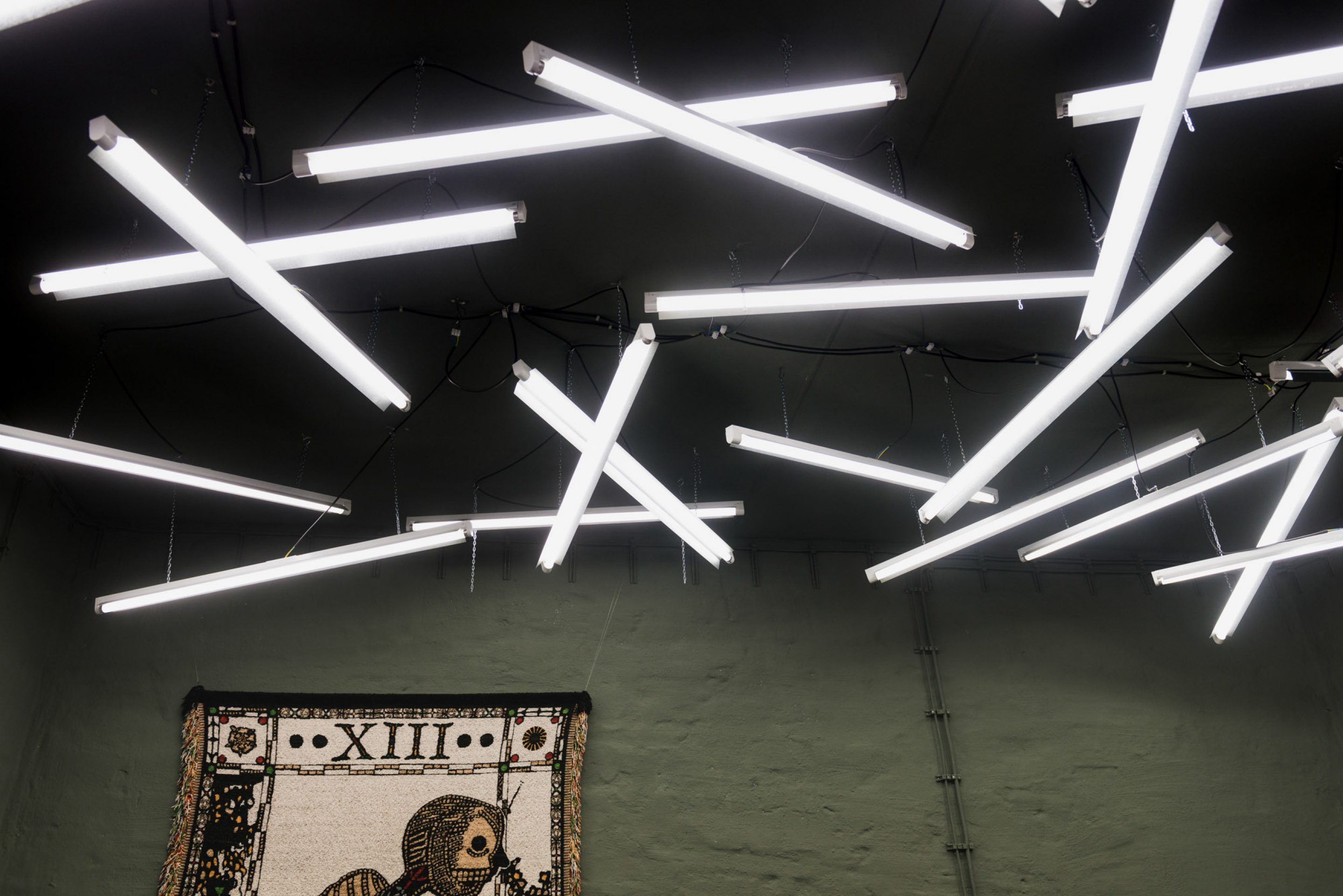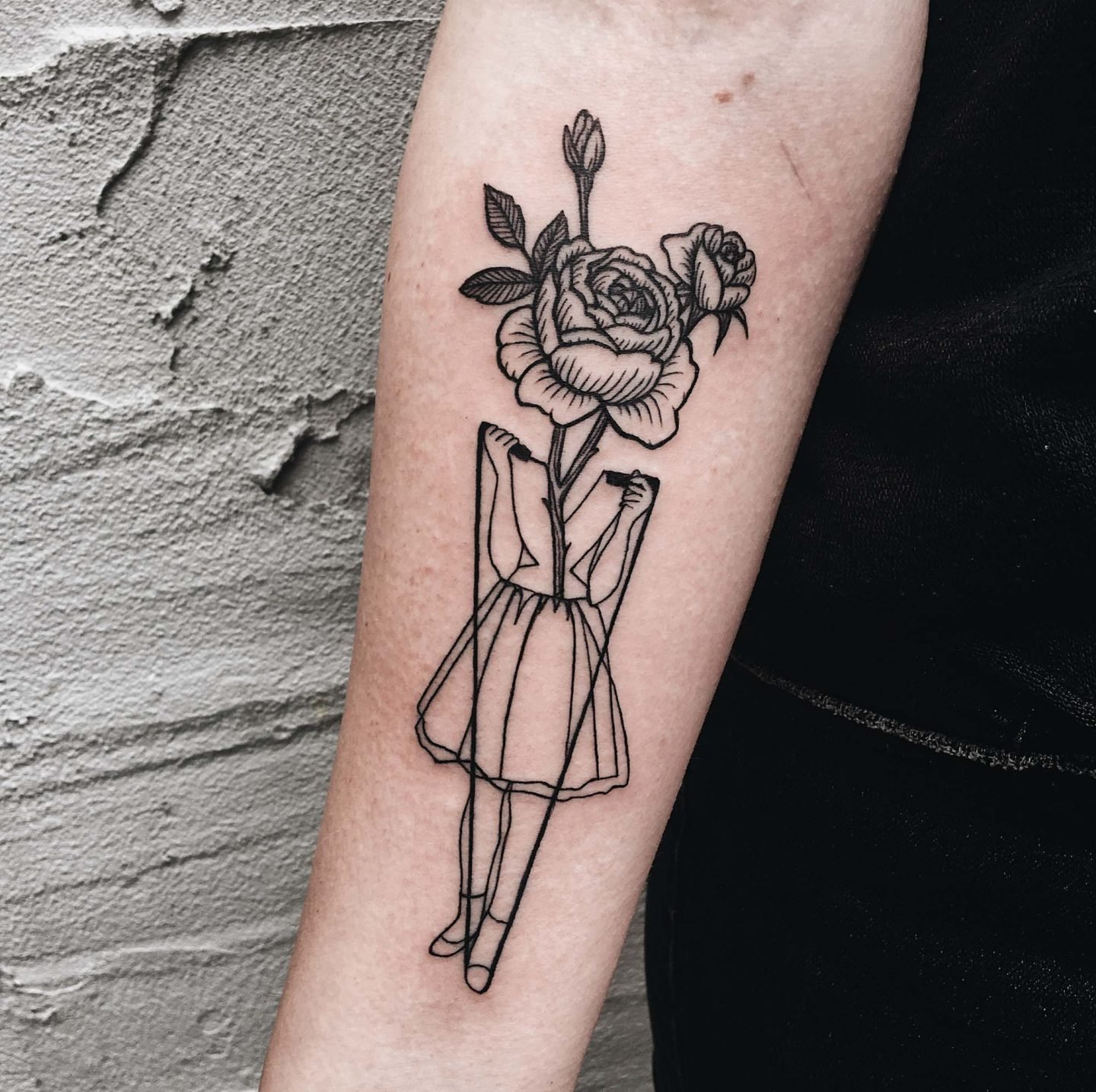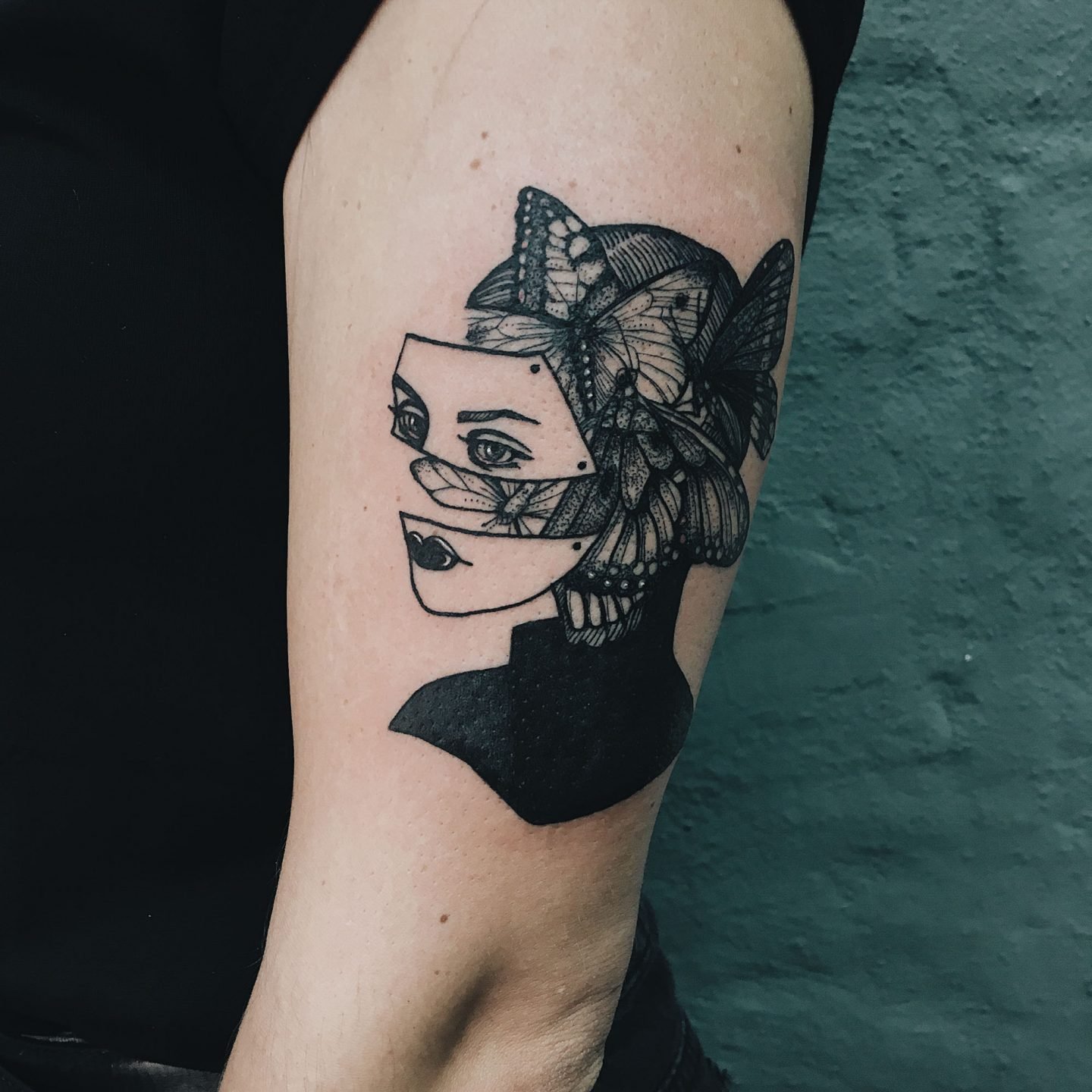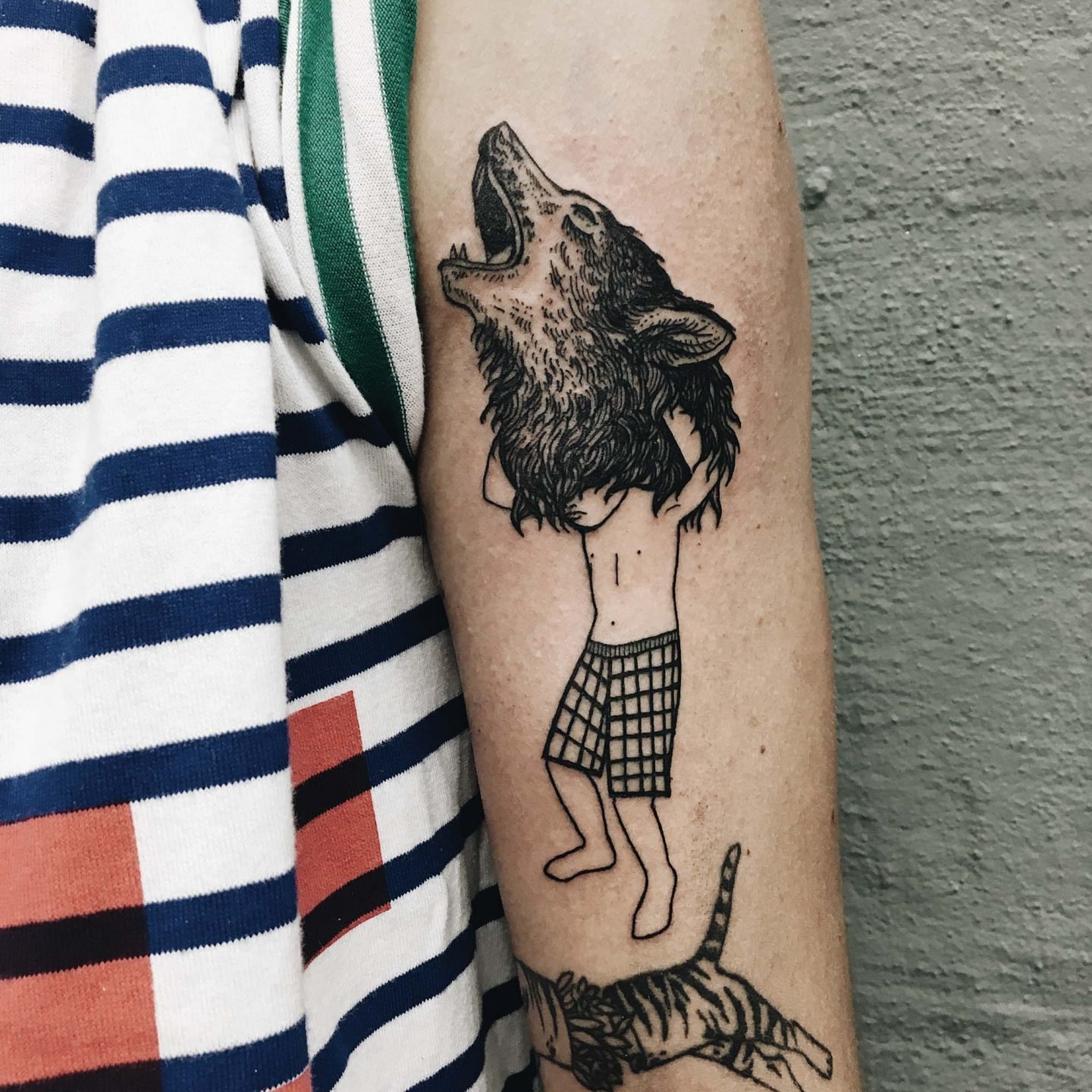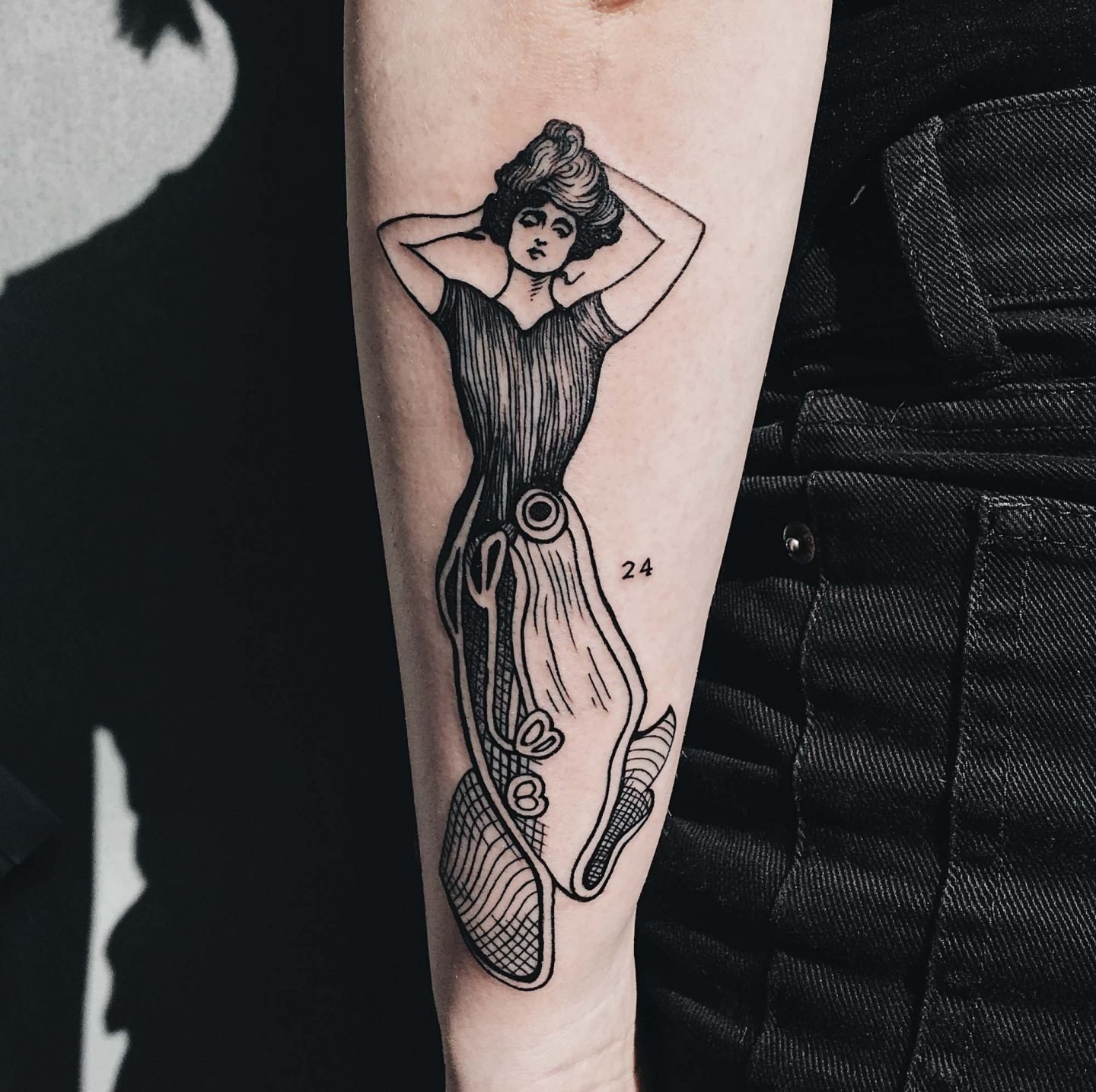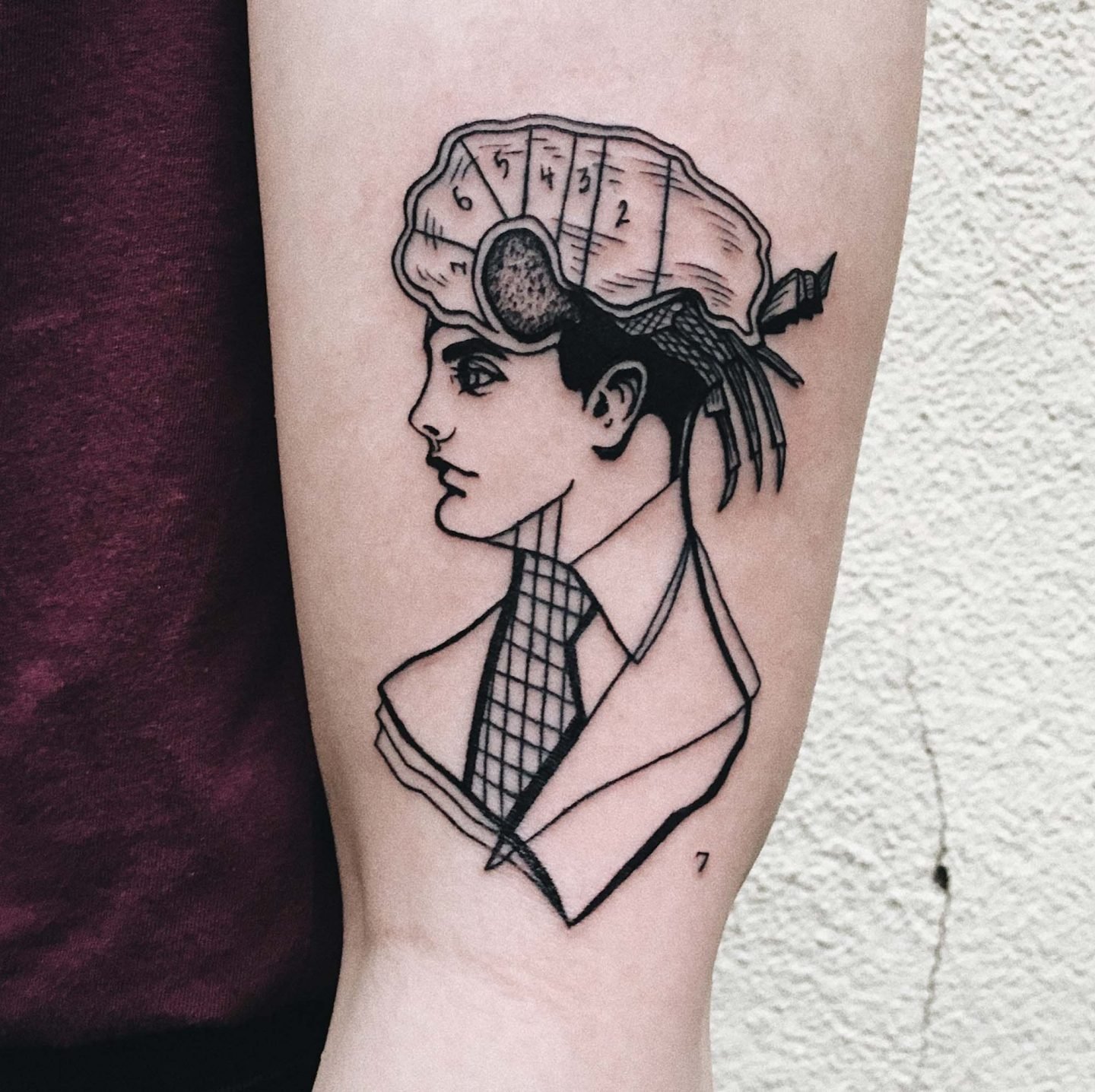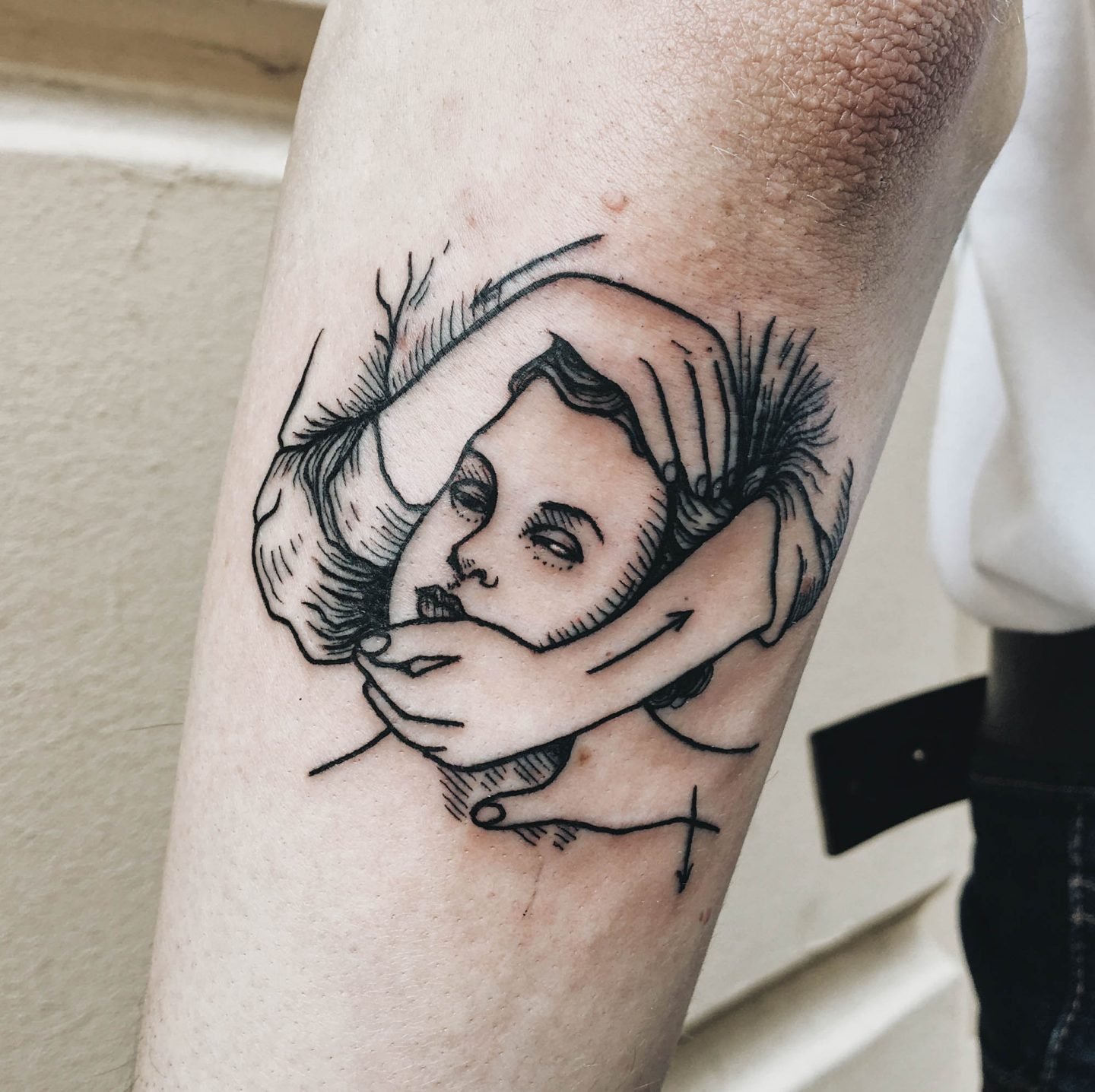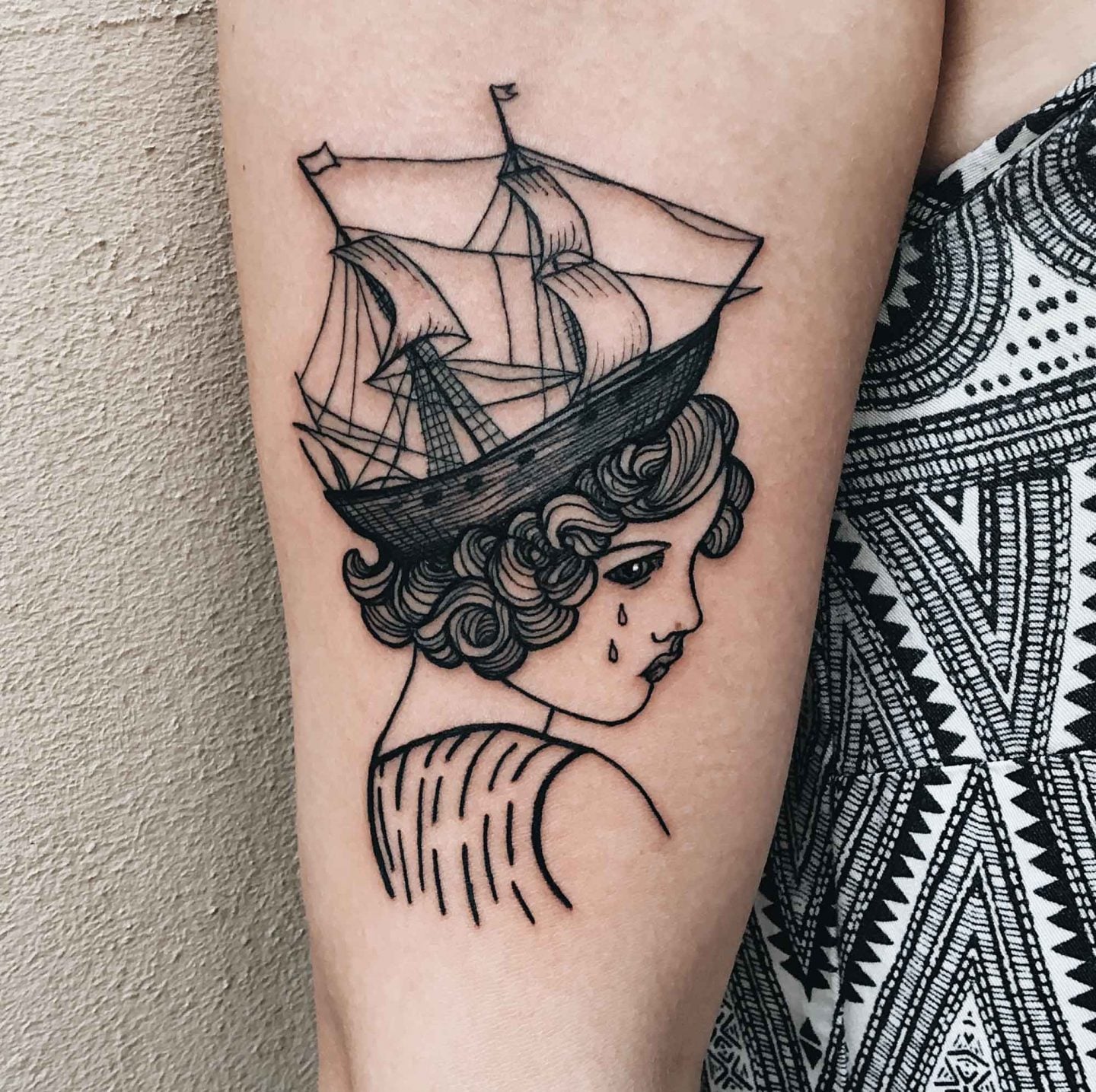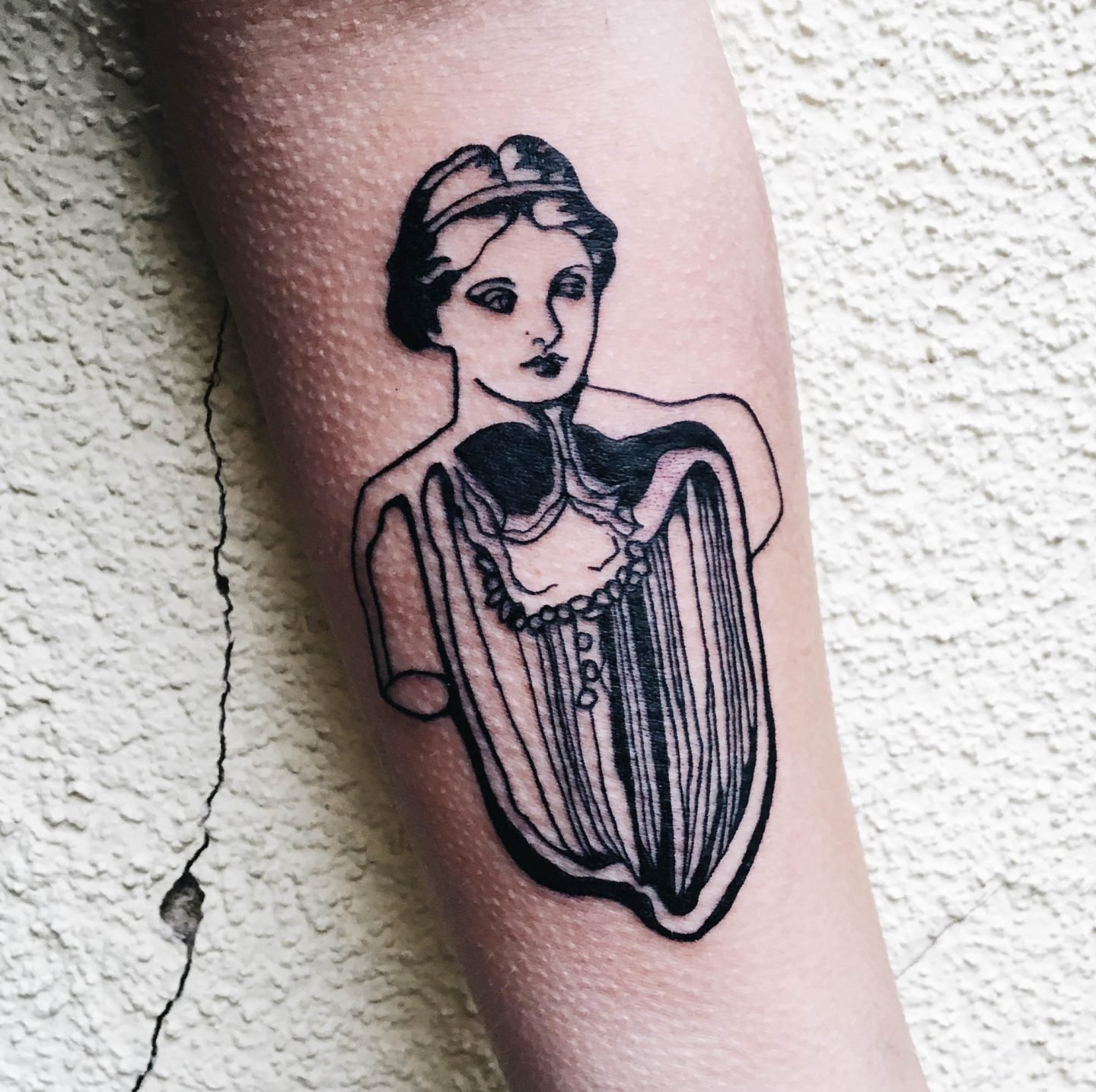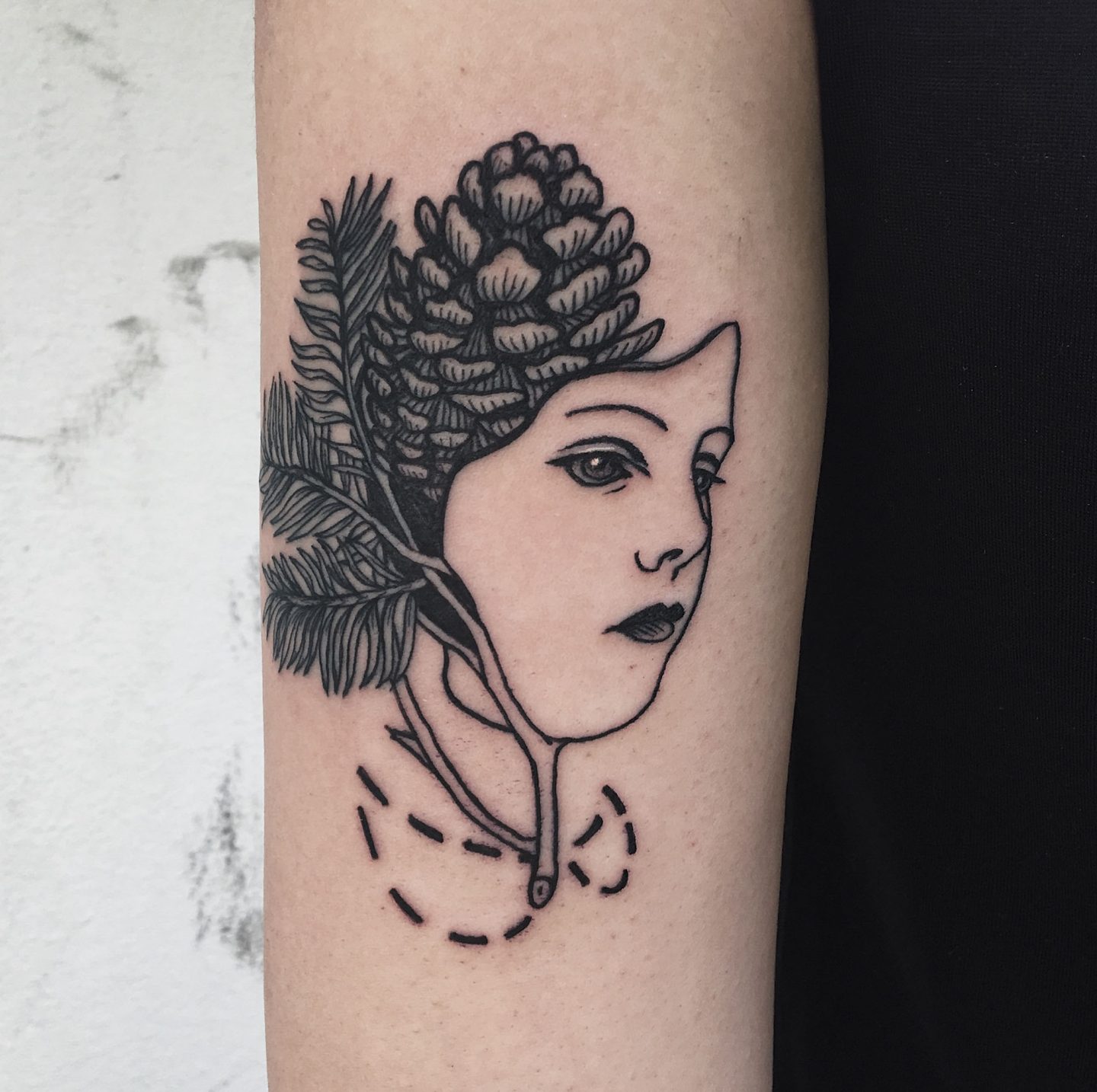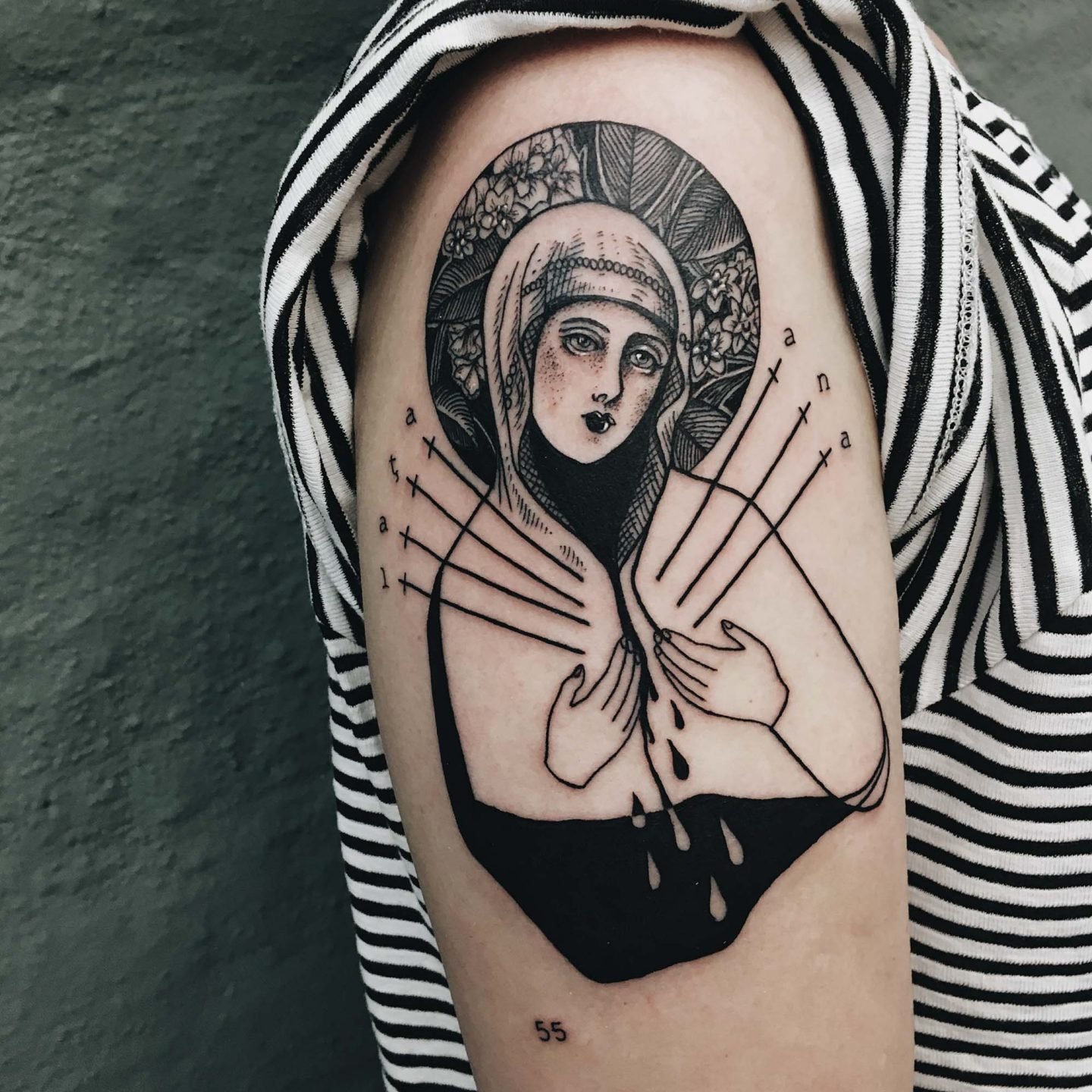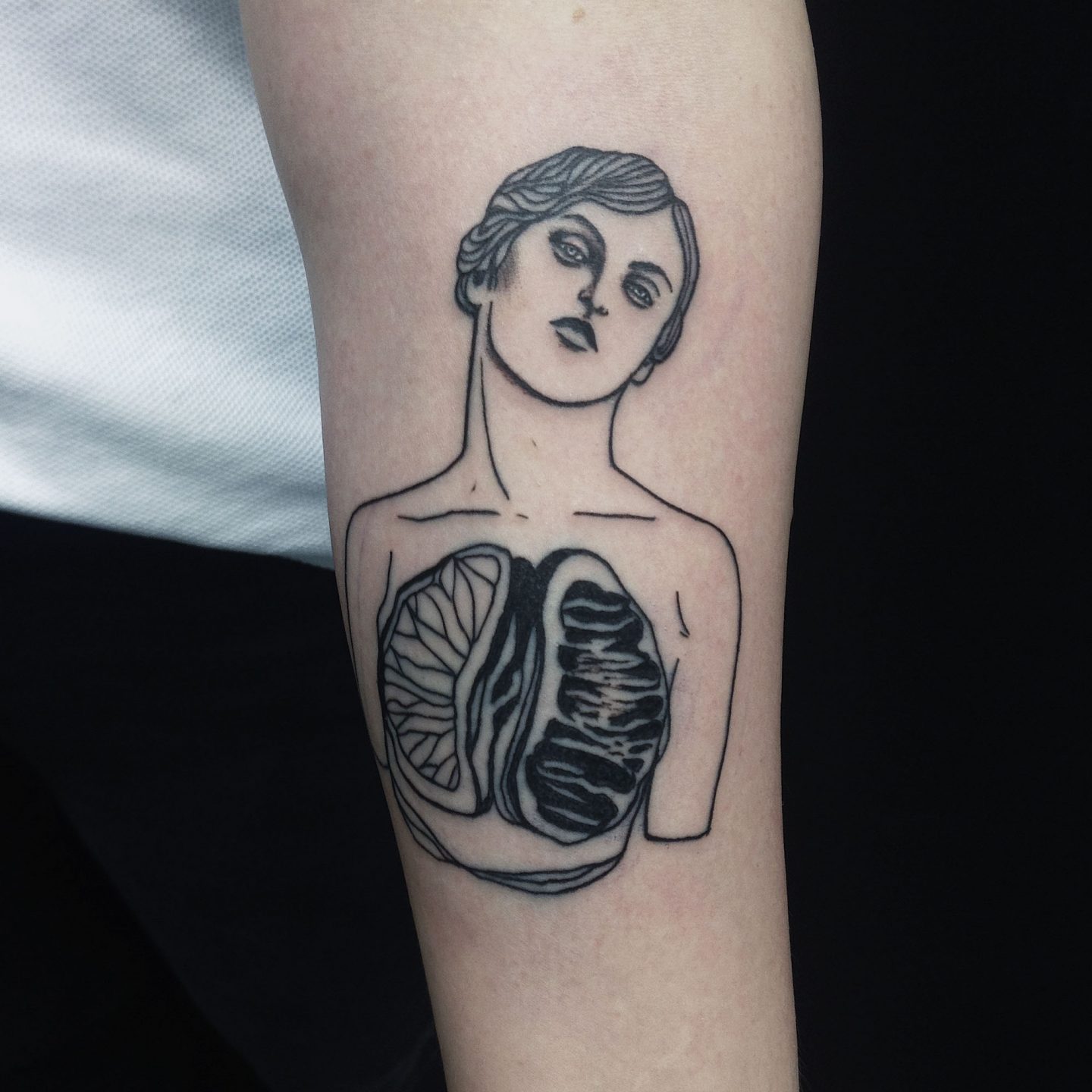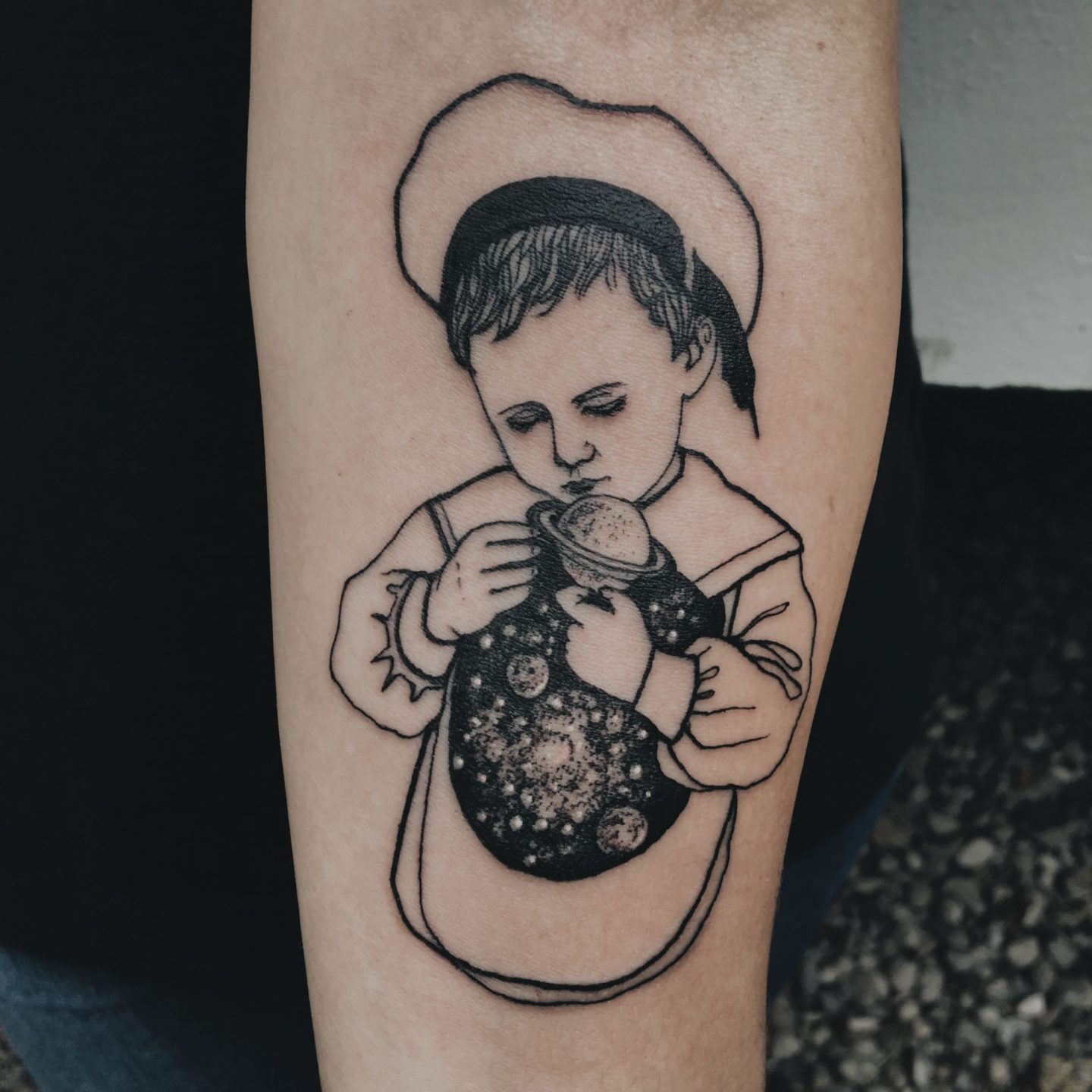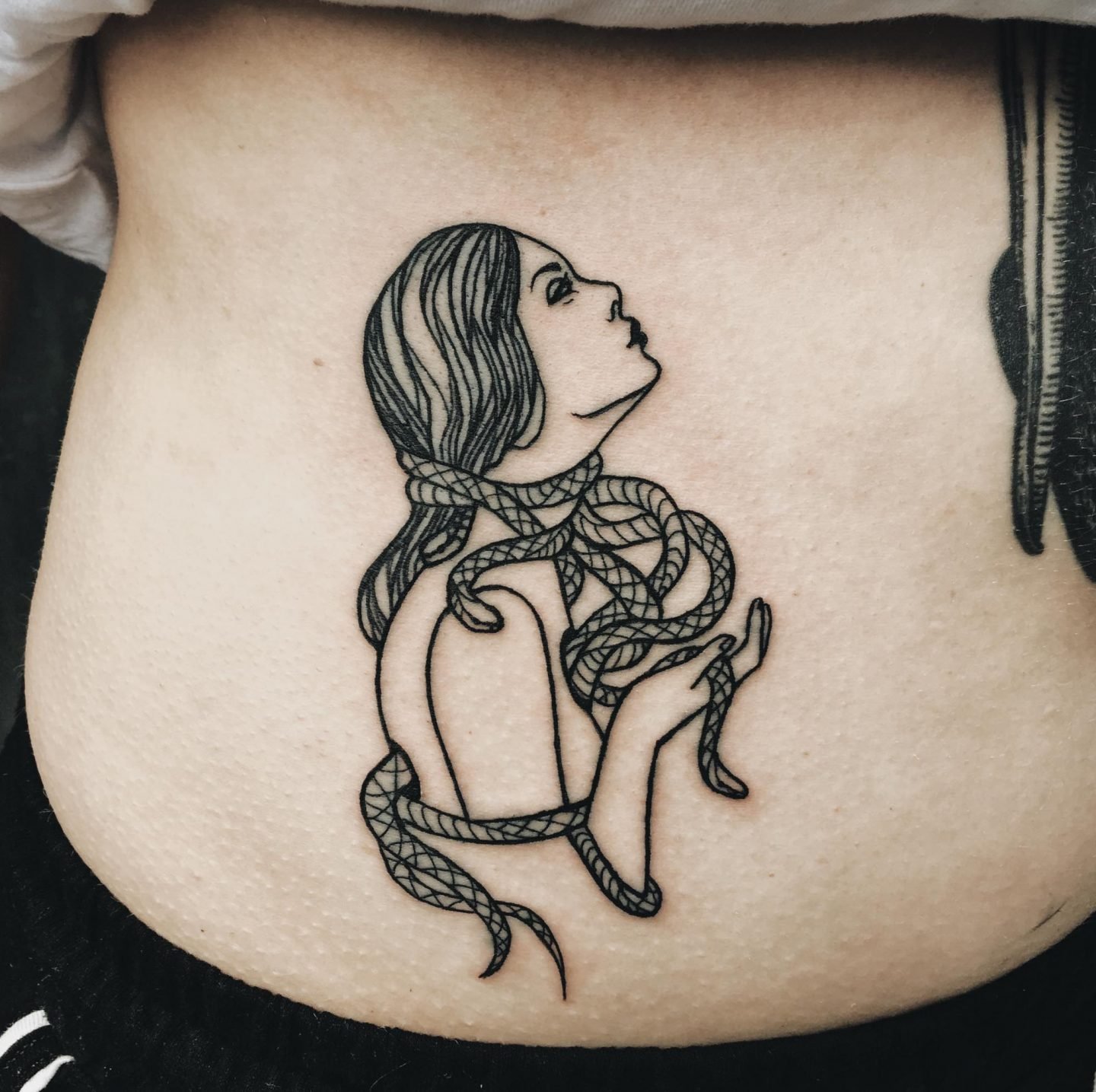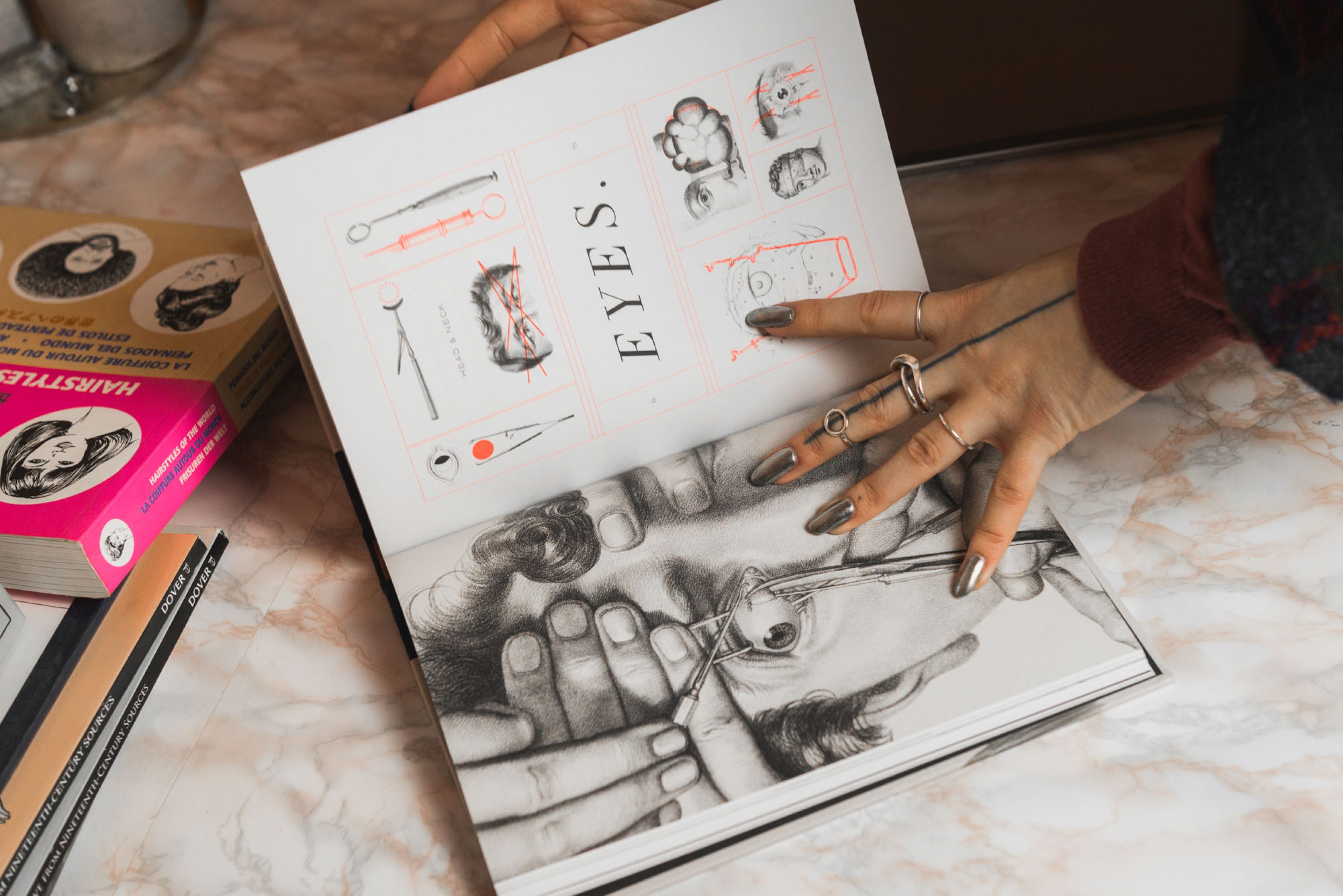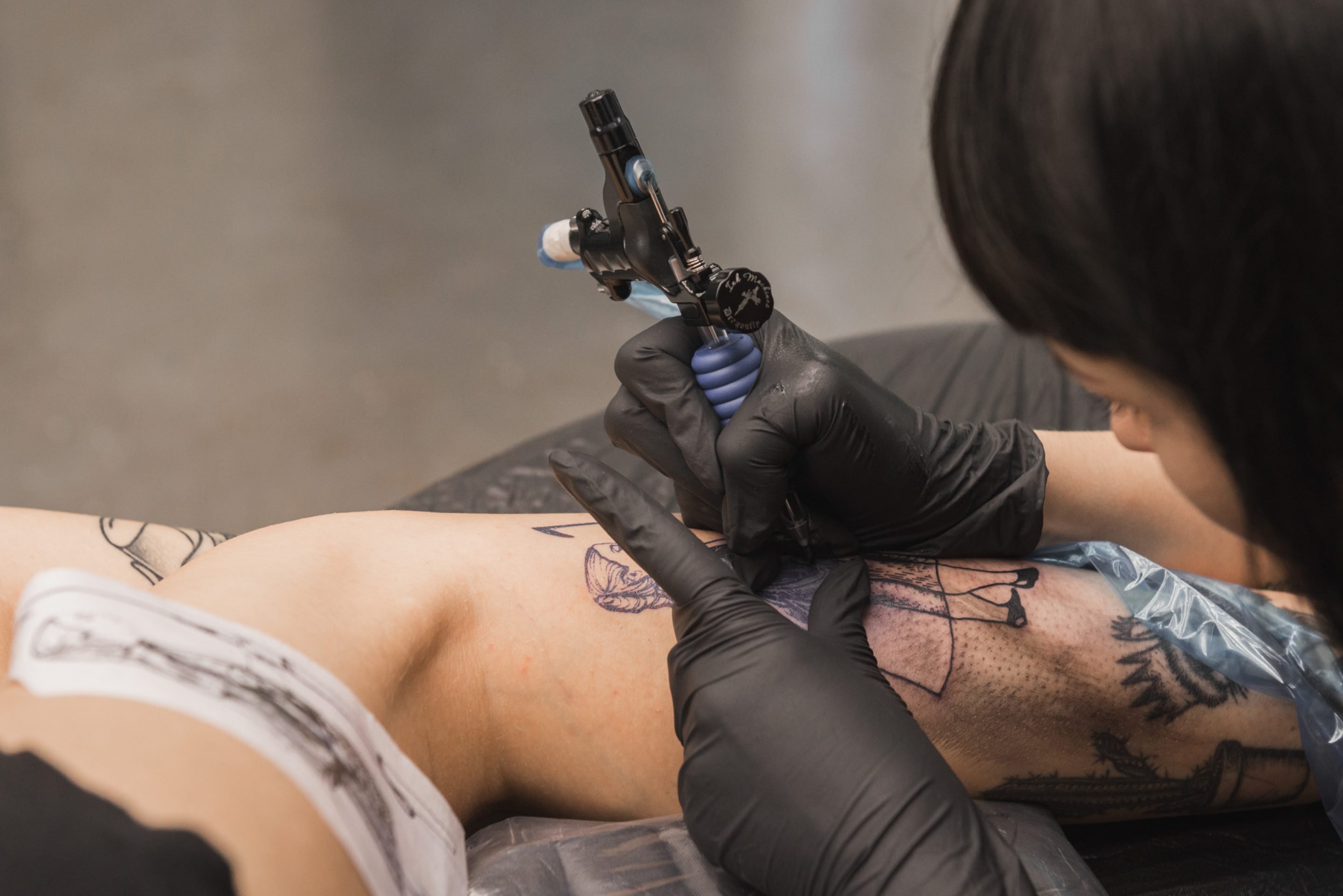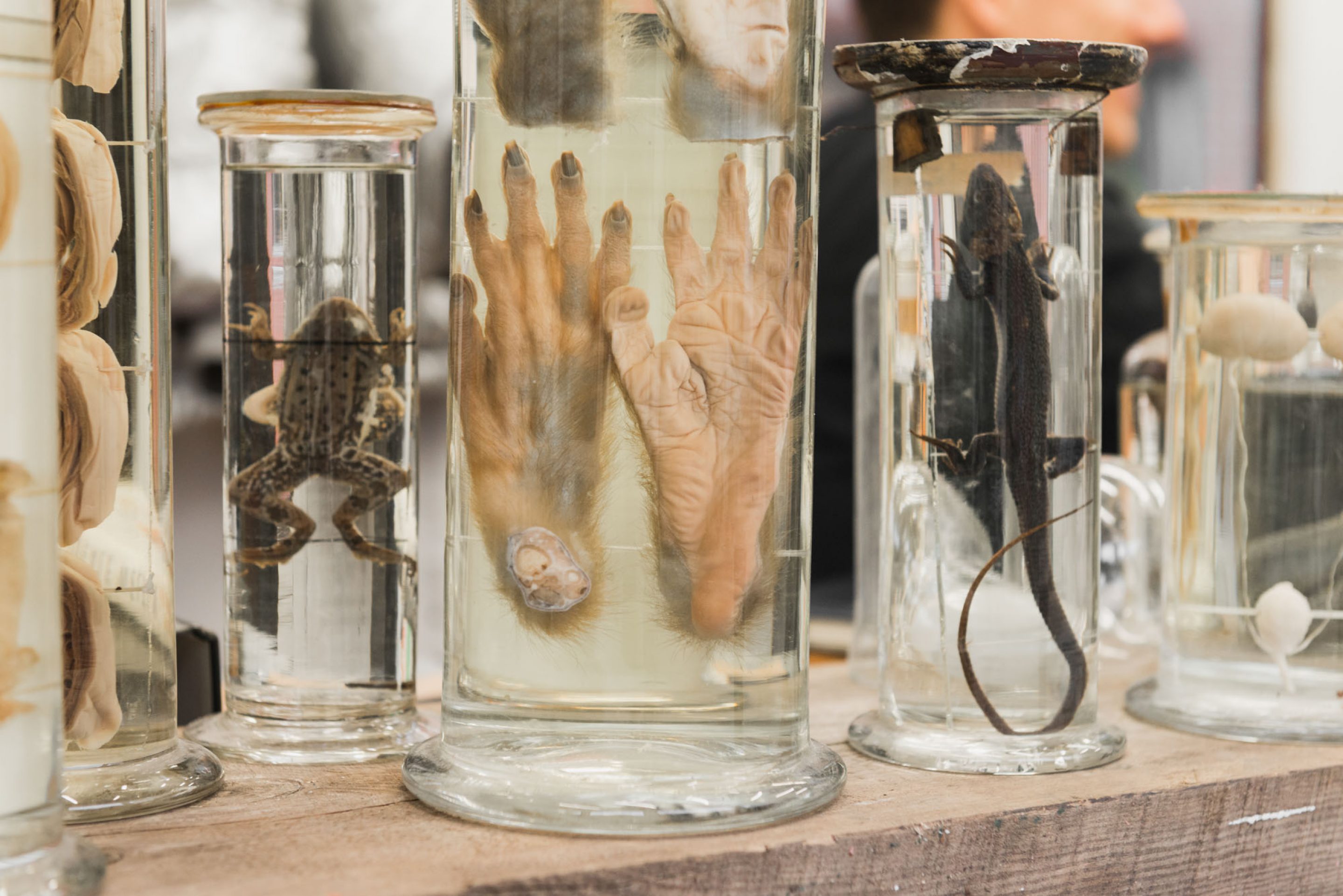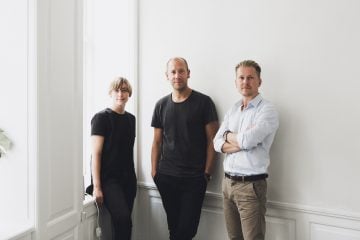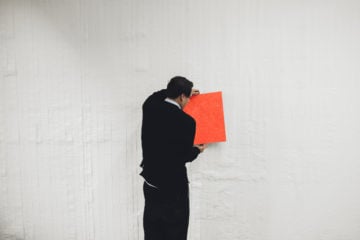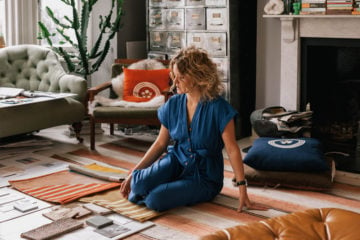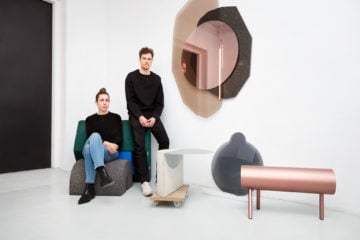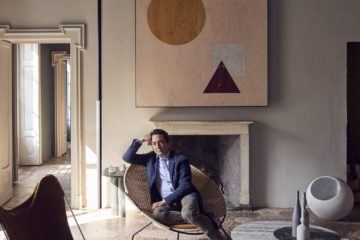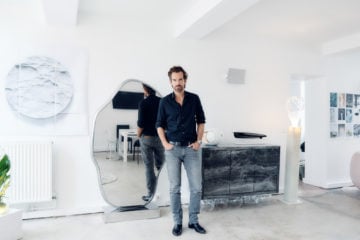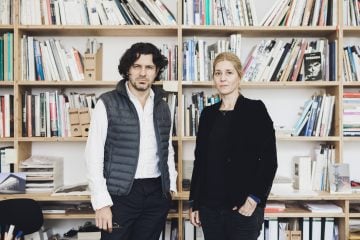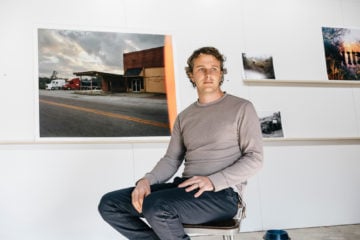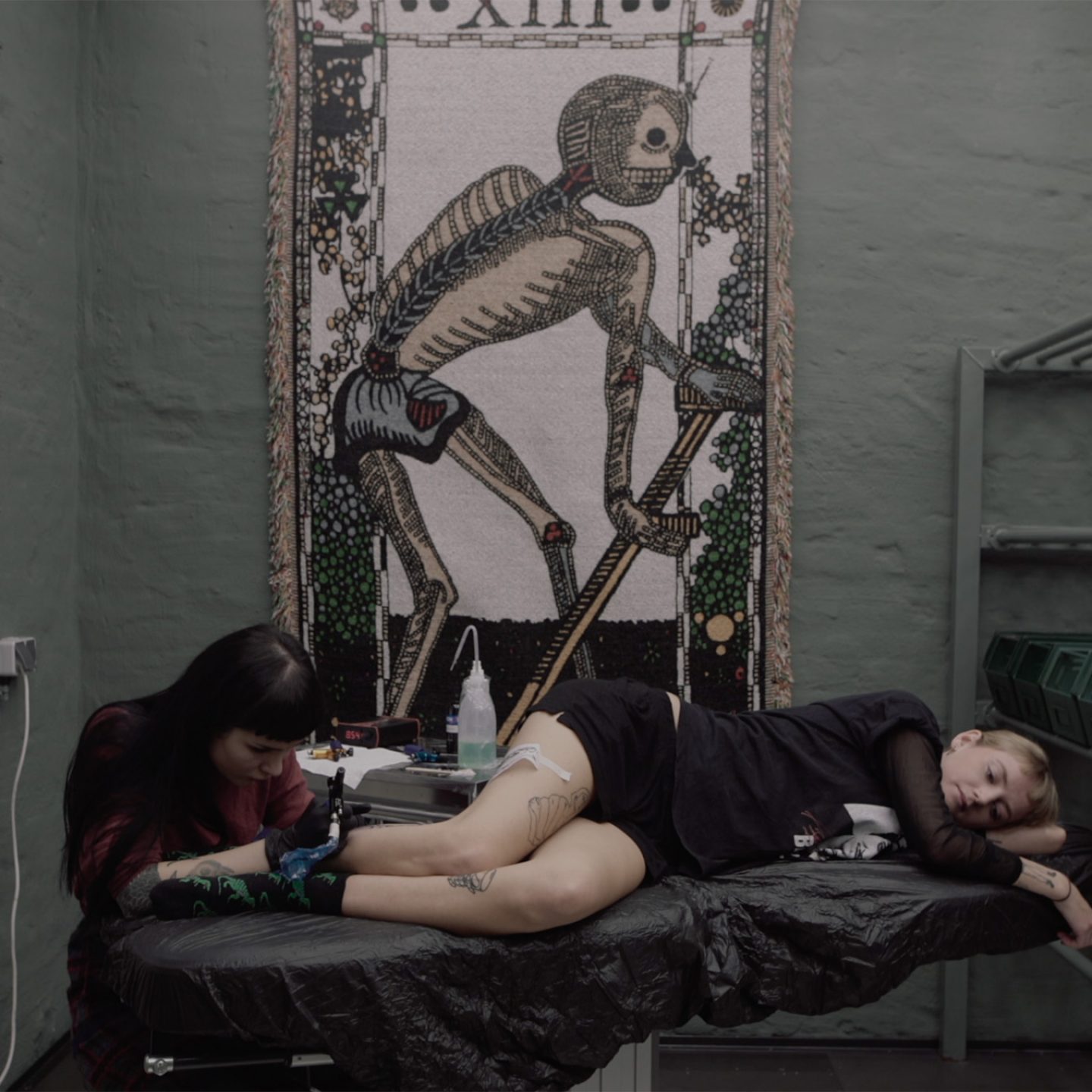
Behind Simone Klimmeck’s Surreal Tattoo Designs
- Name
- Simone Klimmeck
- Images
- Franz Grünewald
- Words
- Charmaine Li
A self-described “tattoo artist from the Internet generation,” Simone Klimmeck broke into the industry only two years ago and has already become a sought-after artist in Germany.
In collaboration with Samsung, we visited Klimmeck in her slick new Berlin studio to delve into her varied sources of inspiration, how she works with the Galaxy Tab S3 while creating a design and to witness the unique bond between a tattoo artist and her client.
The first time you look at a tattoo by Klimmeck, your mind might leap to conclusions. But hold your gaze longer, and you’ll start to see salient elements emerge with new stories. Having studied fashion and illustration, the artist’s path to tattooing wasn’t straight nor conventional. She belongs to a cohort that taps into social media to promote their business, reach new clients and garner new kinds of inspiration.
Like her tattoo designs, Klimmeck herself exhibits paradoxical traits. Despite the carefree air that exudes from her, she admits to working six days a week and being a meticulous planner. In the interview, we chat further about her backstory, how the tattoo industry has evolved in the past decade and why she enjoys combining unexpected themes in her designs.
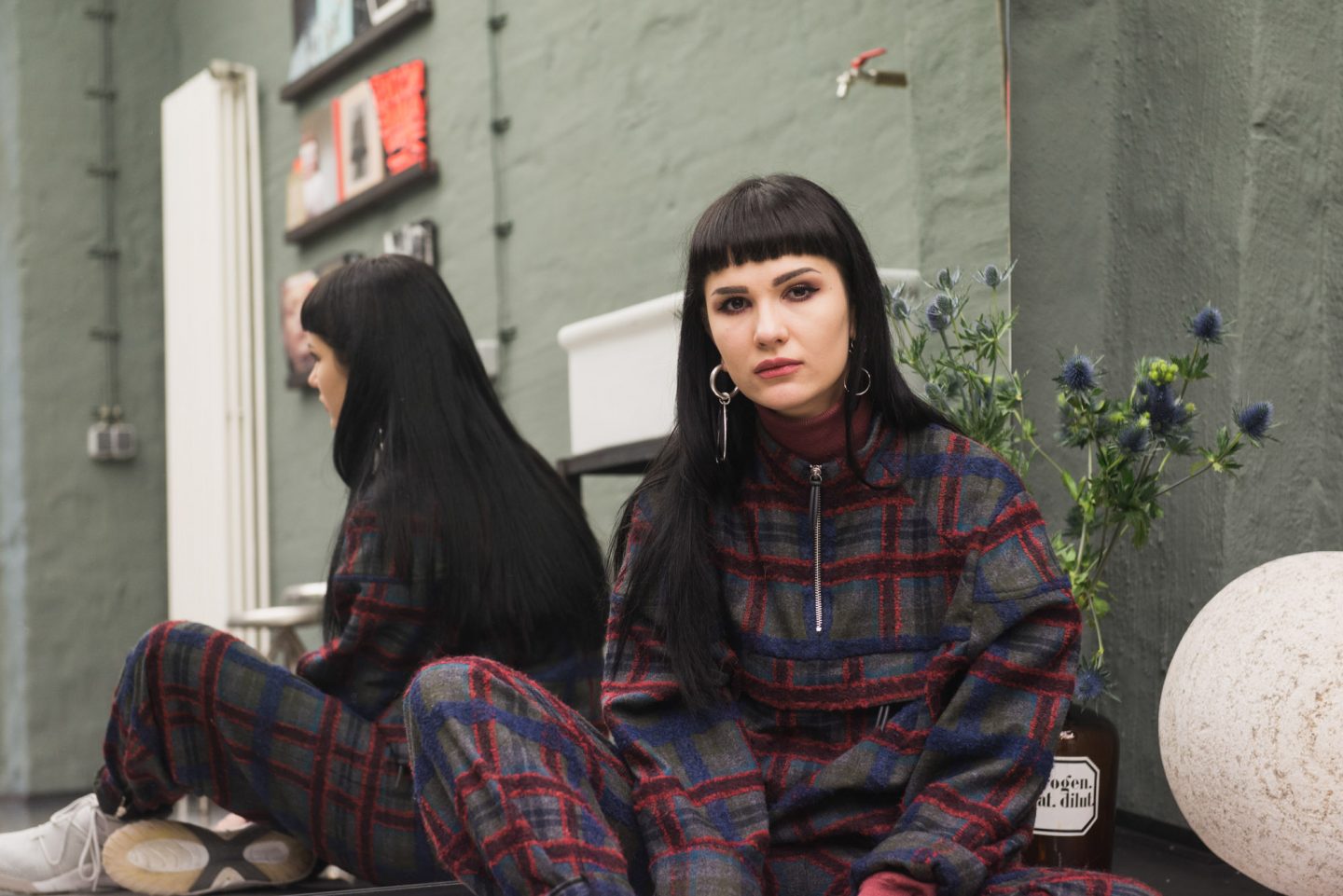
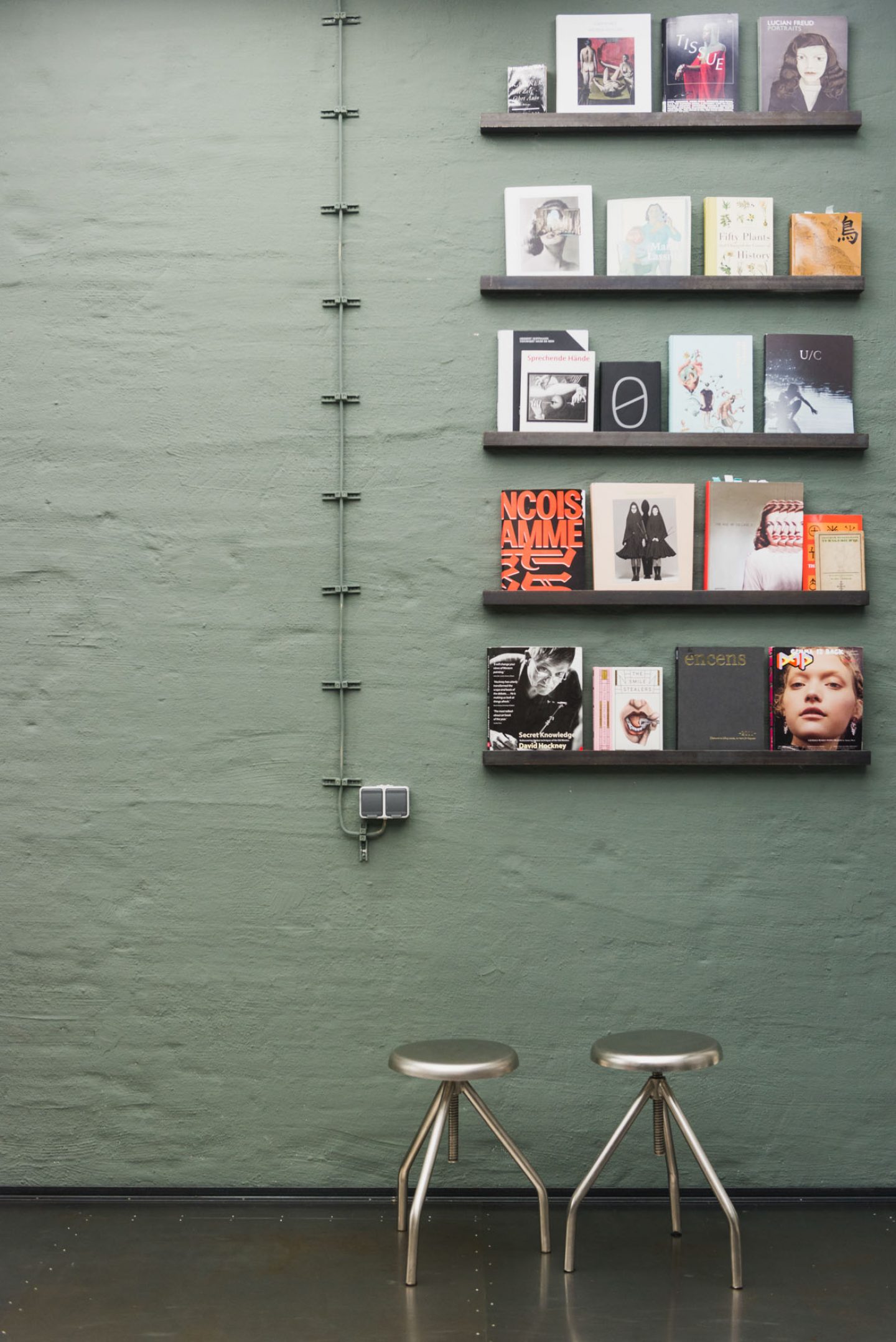
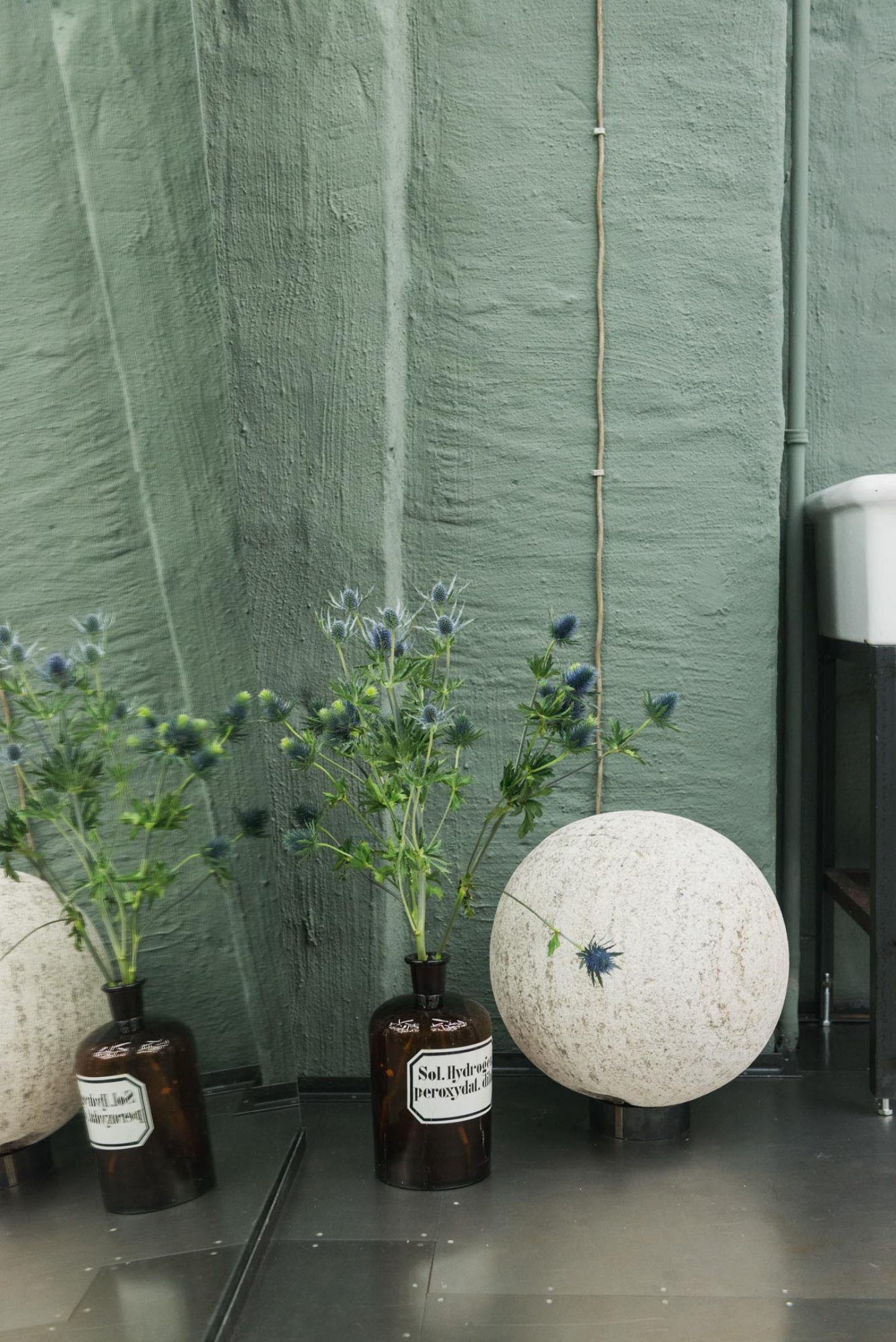
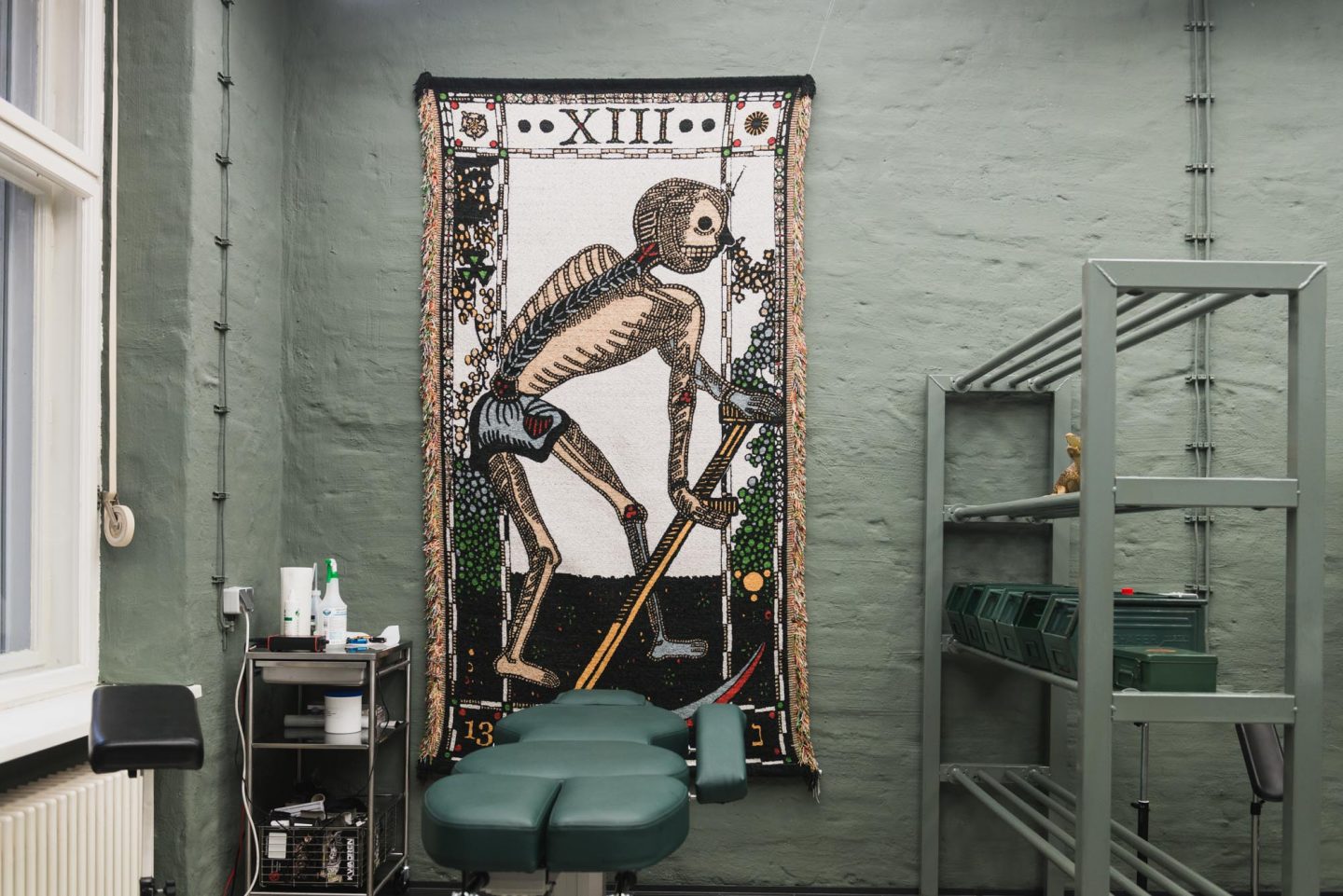
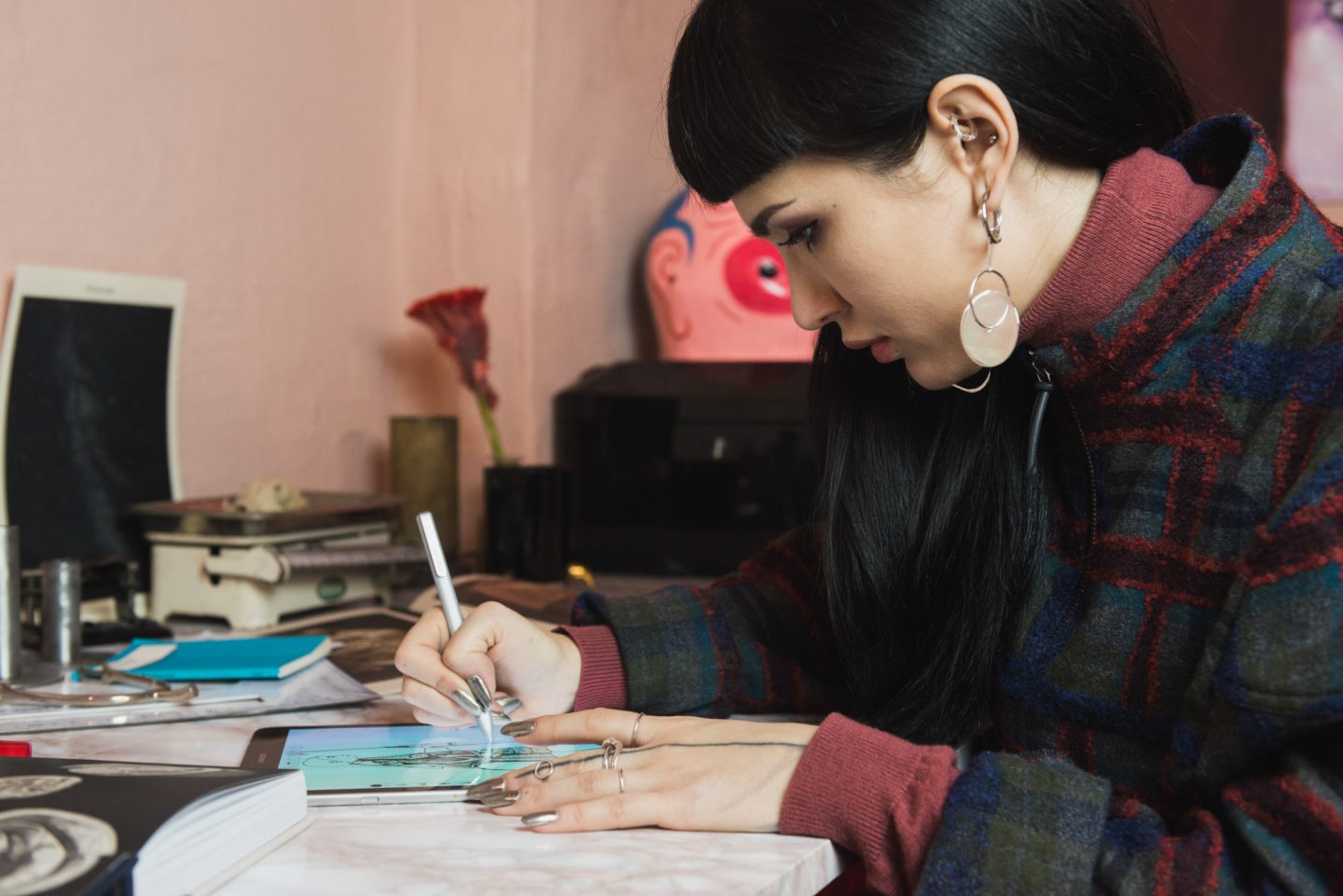
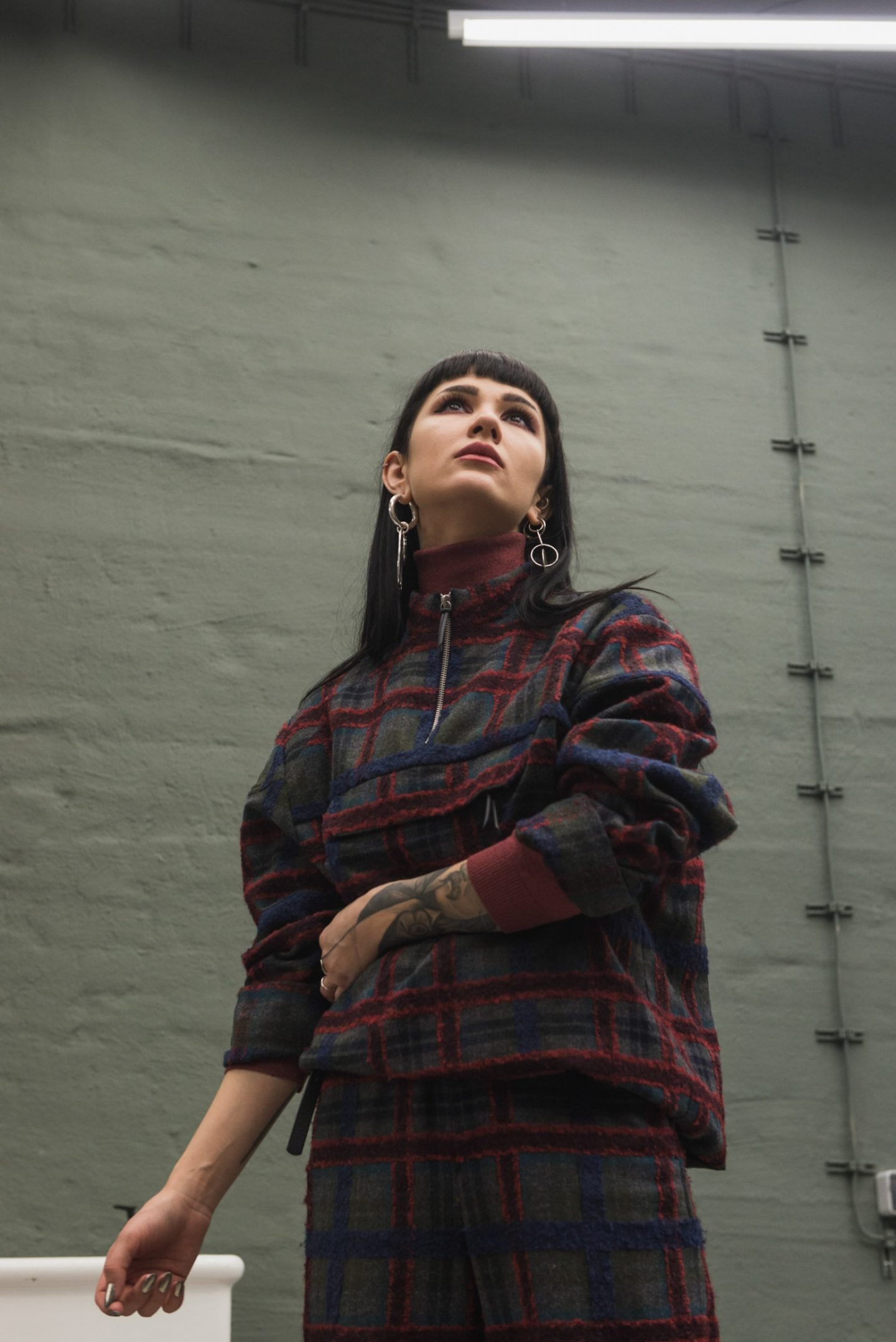
Can you start by telling us a bit about your background and how you transitioned from illustration to tattooing?
After finishing high school, the only thing I thought I could do was draw. I chose to study fashion design thinking I’d be able to do more drawing there. But it turns out, that wasn’t the case. Although it was fun, I realized after doing an internship at Acne Studios in Stockholm that I wasn’t cut out for fashion. That’s when I decided to concentrate on illustration. Even though I grew up with a pencil in my hand and my parents were also really good at drawing—they actually met in a nude drawing class! Somehow, I never thought of illustration as a profession. During my studies though, a professor encouraged me to send my work to agencies–which I had never thought about doing before. I took the advice and got some jobs occasionally, but it wasn’t enough to live on and I slowly realized how tough it was to break into illustration.
What brought me to tattooing was partially me being impatient about getting a “real job” and partially because I was having bad experiences with people who gave me tattoos. I was a horrible customer. Because I have a very particular eye, I always asked for little changes here and there. One day, a tattoo artist was so annoyed he told me I should just do it myself. That’s when I thought, ‘Yeeaaah, Why not?’ This was about four years ago. Then I bought a machine and did some shitty tattoos on friends and it took another two years before I started properly tattooing and met someone who was like a mentor to me.
Getting tattoo used to be perceived as a rebellious act, nowadays about a quarter of adults in the U.S. and U.K. have a tattoo. Not only that, the way tattoo artists work has also changed—especially with the rise of social media. Can you talk about how Instagram and self-marketing have factored into the growth of your tattooing business?
Compared to 10-15 years ago, the industry works very differently now. As an artist back in the day, you’d have to rely on the reputation of the studio you’re working for. These days, more and more people are working for themselves and don’t necessarily rely on the reputation of any studio. Because everything is so much more connected, I’ll get customers coming from South Indonesia or Canada or the US. Somehow these people find and follow me on Instagram and message me for an appointment if they happen to be in Berlin on holiday. If the Internet didn’t exist, they’d never know about me.
Another thing that’s different: The kinds of tattoo styles and designs. People are trying out minimalistic, naïve and expressionistic tattoos that you would never have found 10 years ago. It’s refreshing to see new styles developing and people taking inspiration from very different sources. The Internet has really been a game-changer for the industry.
Of course, there are also risks that come with it. Choosing a tattoo artist on Instagram, purely based on pictures, means you don’t see whether the shop meets hygiene standards or whether the artist actually knows what they’re doing. Also, most photos of fresh tattoos look nice but you only really see the quality of a tattoo when it’s healed—and rarely do you see them healed.
What does a typical day look like for you?
It’s more like a typical week for me and usually, it means working six days a week. I’m a notorious planner so the next couple of months are completely planned. The first two days of the week I spend drawing for upcoming tattoo sessions, which is usually a list of nine people. The entire day is open-ended and I listen to a lot of podcasts, the radio or music. I need something to get lost into in order to focus. Then from Wednesday to Saturday, I’m tattooing 2-3 people a day. Of course, there are always exceptions. Sometimes I’ll do a guest spot in another city or host some people here.
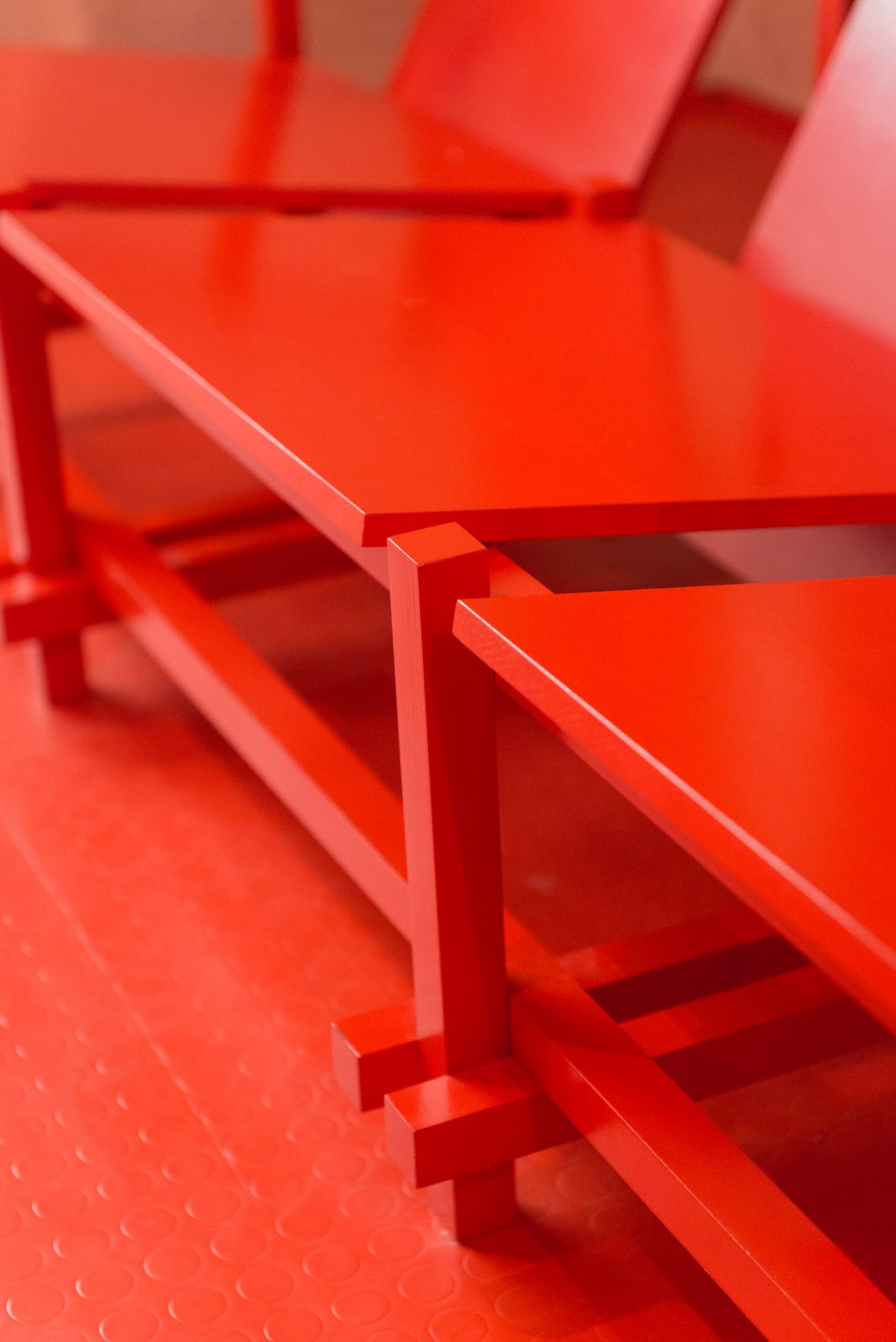
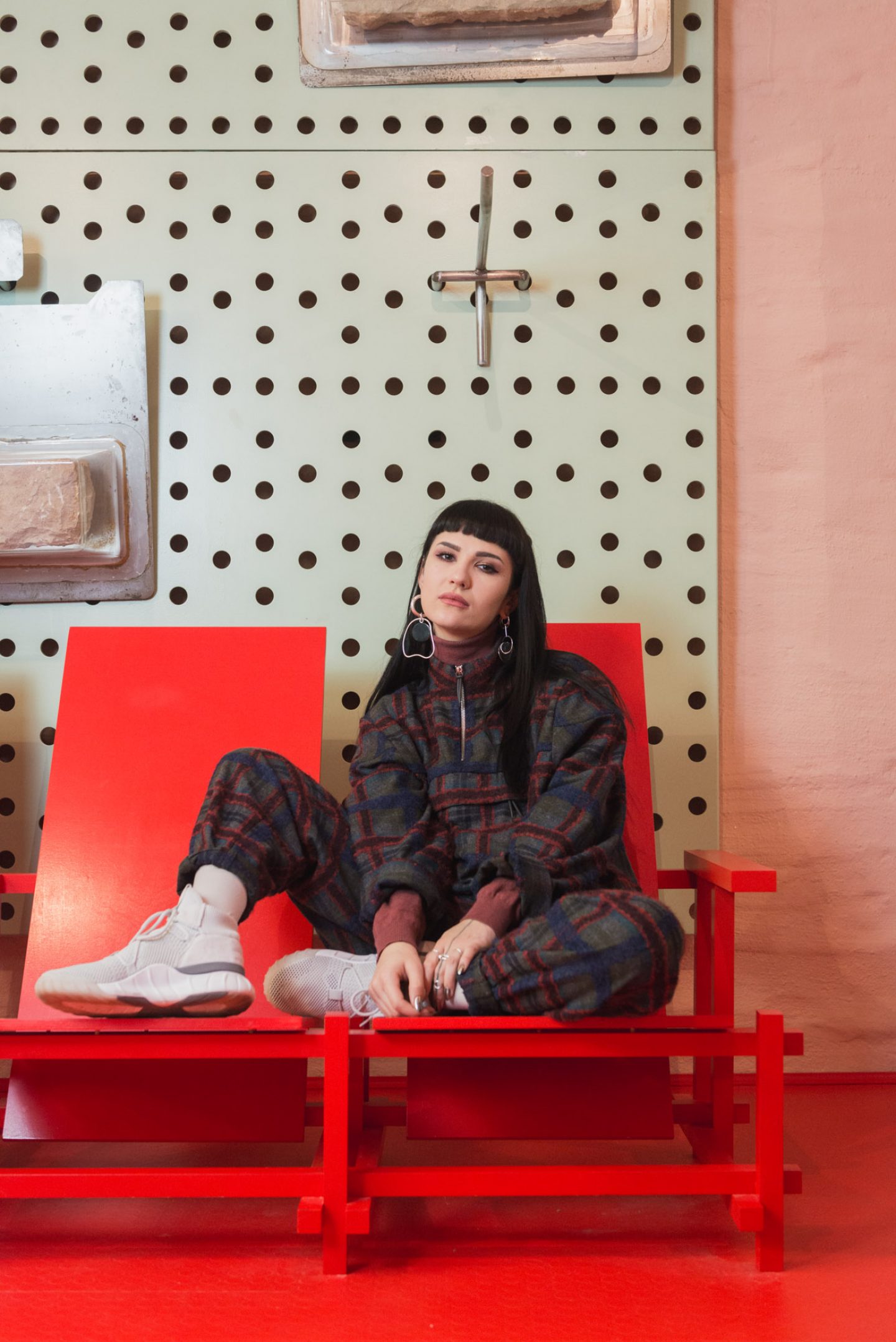
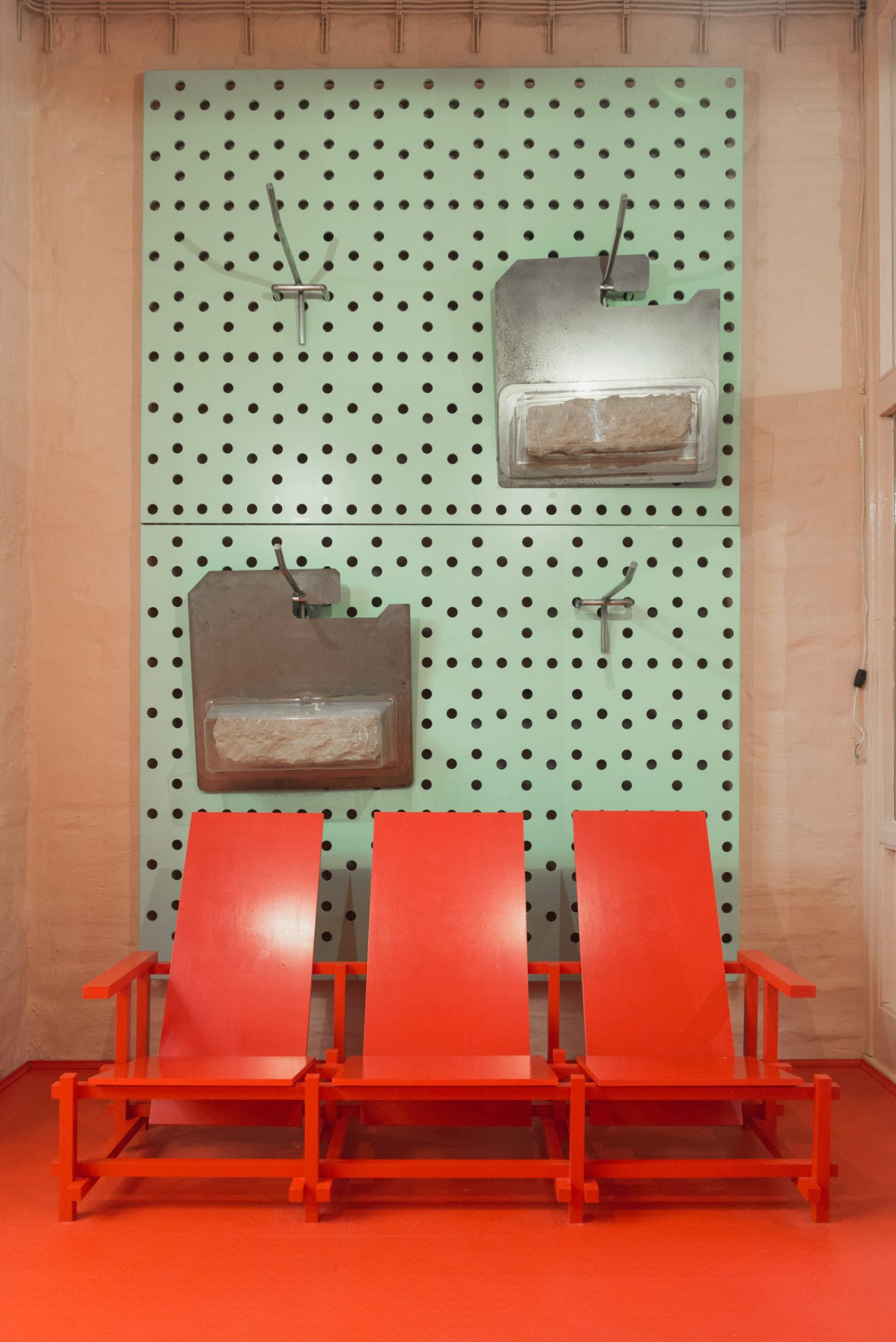
"It’s kind of like having a blind date every time I meet a customer."
Since the act of permanently inking another human’s body is so intimate, tattooing requires much more personal attention, time and care with a customer than when creating an illustration. How does this process of building a deeper, psychological connection with a client suit your personality?
It’s a very intimate thing and I’m amazed by it. You literally work skin on skin and spend hours together. That’s when you really skip the small talk and dive into deep seas. It’s crazy how much people share. Some people even start their email to me with a life story of sorts. On one hand, I’m honoured and grateful, and at the same time, it’s quite a responsibility. Sometimes it kind of feels like I’m carrying a burden. I guess some people think they have to tell me a crazy story in order to convince me to give them a tattoo, which is bullshit because even if someone thinks a design is beautiful that’s a reason enough for me to do it. It’s kind of like having a blind date every time I meet a customer. Over time though, relationships begin to build, like when I do more than one tattoo on a certain person.
When it comes to working on tattoos with new customers, how do you establish rapport and build a sense of trust with them?
I’m quite good at finding out quickly what they want and whether I’m the right tattoo artist for them. It helps to ask a lot of questions beforehand—and I’m completely honest. If someone wants a mandala, for example, I’d probably say, “I can do it because I do blackwork and have the skills, but it’s not something I’m interested in and you’d probably want your tattoo artist to be as keen on the idea as you are. I don’t really enjoy researching mandalas and it would take so much more time for me to do it. However, I know other people who specialize in mandalas, here are their contacts.” I think over time, as I hone in on my style, it’ll become more and more like a signature, and people will come to me for that kind of work.
Your tattoo work has a distinct surreal and otherworldly quality to it with its collage of various styles, proportions and iconography intertwined with natural imagery and personal fragments. How would you characterize your personal artistic style?
I love collages and am generally a fan of putting or using things in a different context. That might mean combining elements that don’t make sense or that you wouldn’t expect in a design. Or doing collages that have a visual effect that I haven’t seen much before in tattoos. In the end, tattoos are about aesthetics and it’s supposed to look nice, but I’m a fan of hidden messages and leaving room for interpretation. Kind of like creating riddles and stories in the design—I think it adds another layer.
When working on an idea, I imagine there would be instances when your artistic vision might veer away from the customer’s. How do you balance maintaining your artistic integrity while catering to your client’s desires?
Of course. I put a lot of thoughts into my drawings and most of the people don’t realize that. Every decision about a line or its thickness has a reason behind it. For example, someone might be quick to say they don’t want thick lines and then I’ll try to explain what my thoughts were, or why it’s important to balance a certain part, or why the black has to be there to create a focus. If then, the client still wants it their own way, then I go with what they want. In the end, it’s not about me not having the coolest picture on Instagram, it’s about the customer who is going to have the tattoo on their body for a lifetime. I really don’t want to be one of those douchebag tattoo artists out there who insist on their own designs for egotistical reasons and intimidates the customer.
When I do a flash though, which is where I post a tattoo design and people can email me if they want it, then I don’t make any changes. I think that’s clear though if I’m categorizing it as flash and as customized work.
Can you walk us through your creative process from beginning to end?
If someone wants a tattoo that looks like an animal or plant in a biology book-style, that’s pretty quick for me to draw. But what I want to focus on a bit more now are surreal designs. More and more, people are also sending me quotes, poems or song lyrics they want me to interpret. I really appreciate it because it’s the most fun, but also the most difficult to do. Sometimes you have no idea where to start and it can take up to 4-5 hours because I don’t know which direction to go in. It takes a lot of trial and error and starting over again. I have to put way more effort into these designs but the outcome is usually more unique and the ones I’m most proud of.
"I forced myself to try out graphic tablets and I have to admit it saves so much time."
It’s funny, I used to draw everything on paper because it’s the tool I grew up with and feels so natural. The human being is a bit skeptical of new things and changes. For some reason though, I forced myself to try out graphic tablets and I have to admit it saves so much time. Now, I almost do everything—except for tattooing—with the graphic tablet because you can make changes so much quicker. For example, if a customer asks if I can try something out with dot work instead of lines or to do something a bit darker, normally I’d have to trace the whole thing and then correct it. But with tablets, it just takes two seconds by eliminating a layer.
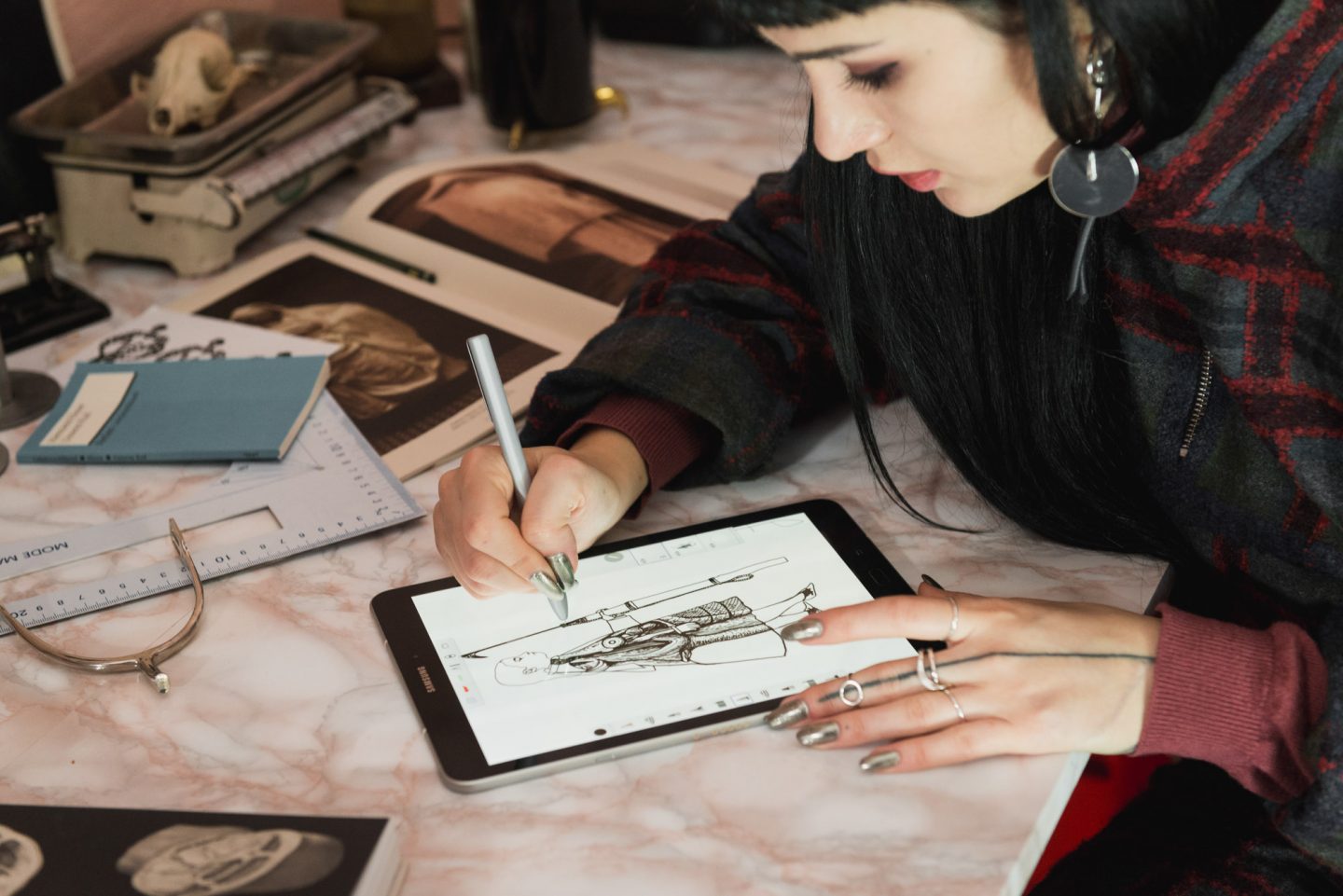
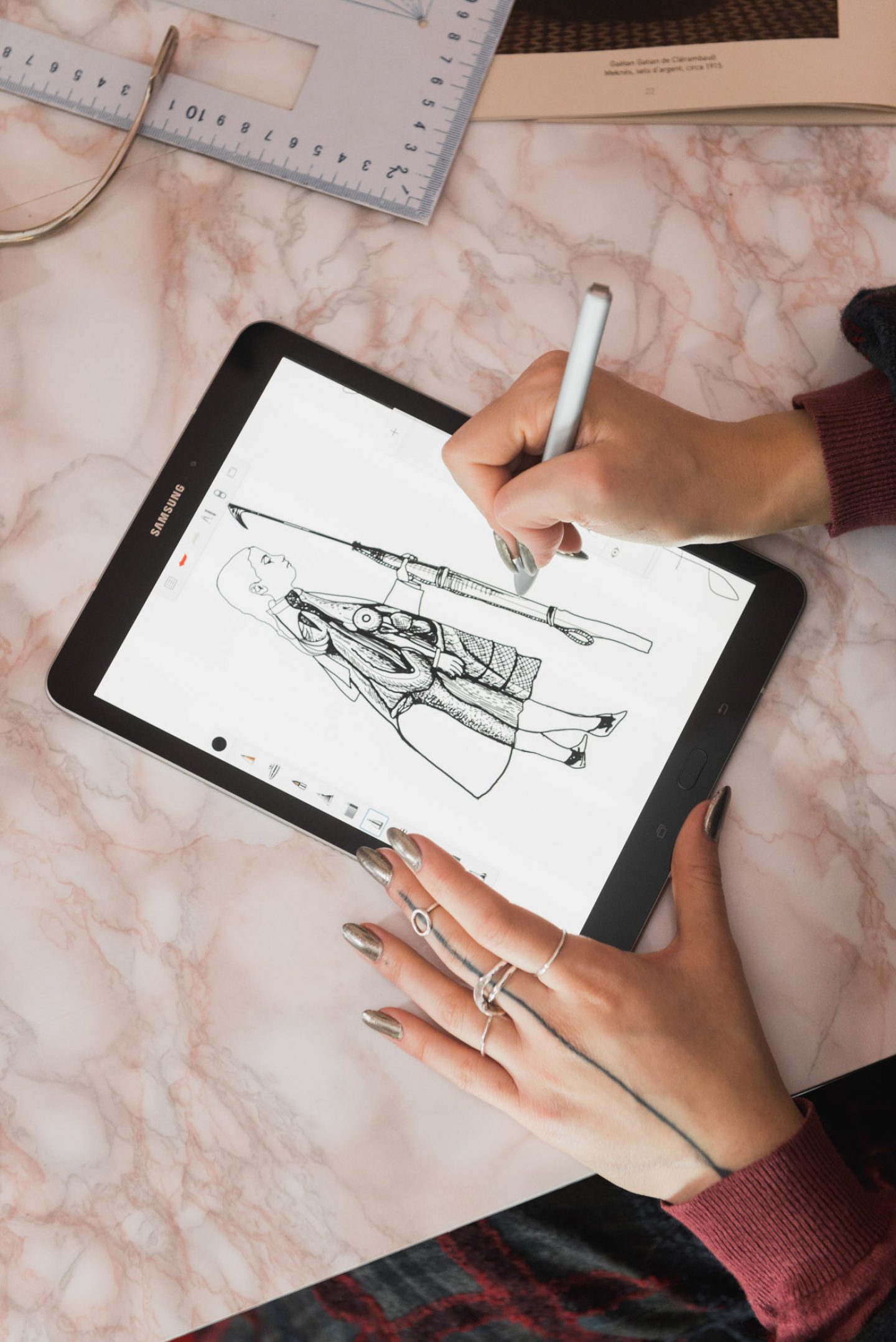
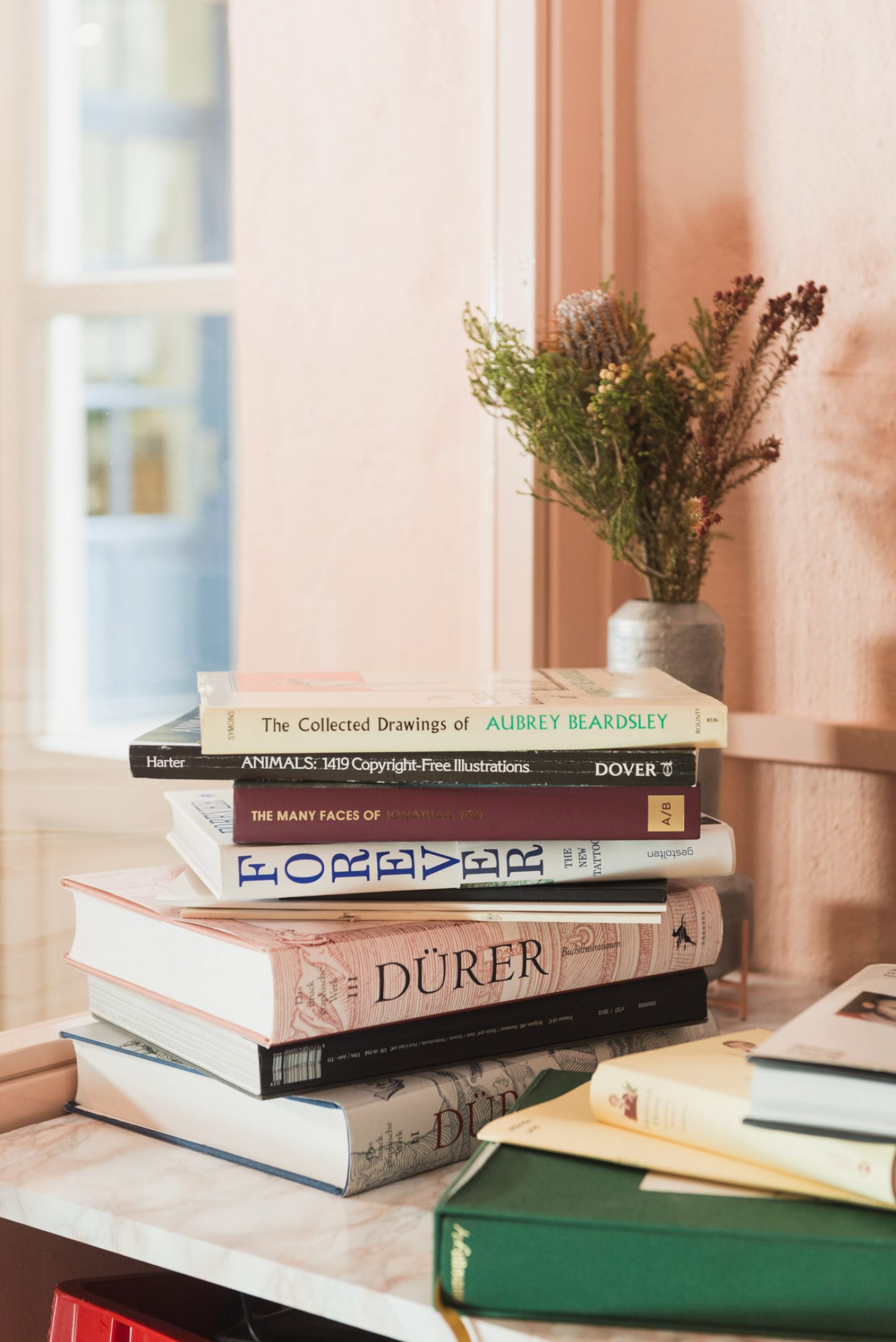
One of Klimmeck’s first customers as a tattoo artist was Annika, who found her work on Instagram. It’s interesting to see how two strangers who met online can bond so intimately over a particular aesthetic—even the way they talked about tattoos mirrored each other. As they prepared for a tattoo session, we got a glimpse into the unique exchange between a tattoo artist and her client…
Annika: The first tattoo I ever got from her was a poppy motif that she posted online. At the time, she was working at the back of a hair salon so I’ve seen her come a long way. When you meet a tattoo artist for the first time, it’s kind of like a blind date. You don’t know how they work. But the more tattoos you get, the more you feel comfortable with the whole process. After the first one, I got three more tattoos by her… This one will be the fifth.
Simone: This time, the tattoo is based on a line from a song that another client told me about. It goes something like, ‘In human nature, we should be aware that we’re always an organ and a blade.’ Personally, I interpreted it as we’re never just a victim but also someone who hurts. There’s always both sides to it. Around this time, I found an interesting visual of the anatomy of a fish and wanted to do something with it. So when you first look at the tattoo design, it looks like a girl holding a speargun. But if you look closer, you realize that her insides are made of a fish that blends into the drapery of her clothing—and the speargun is turned towards herself. There’s also a triangle composition, resembling something that’s cyclical. After I finished the design, I sent it to some customers that I tattoo quite often and thought might be interested in it.
Annika: After I decided to get this, I was looking at it more and it made me think about how an organ is so vulnerable and sensitive while a speargun is so strong and powerful. I really like this contrast. What also comes to mind is how you might see people with tattoos and think they’re tough and badass–this is the speargun element–but for some, getting a tattoo is like putting your insides on your skin–just like the fish organ in the design. It can actually be very revealing.
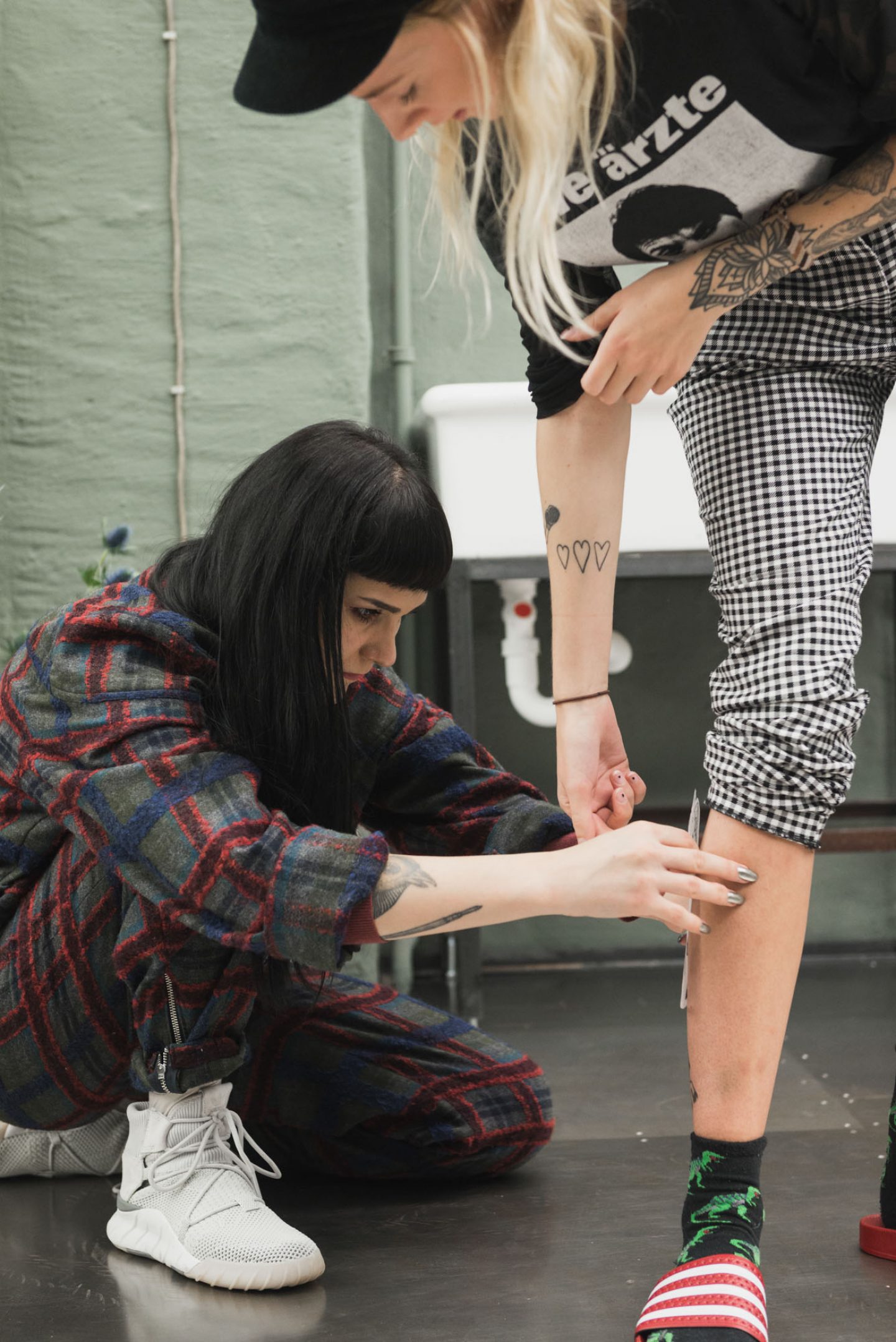
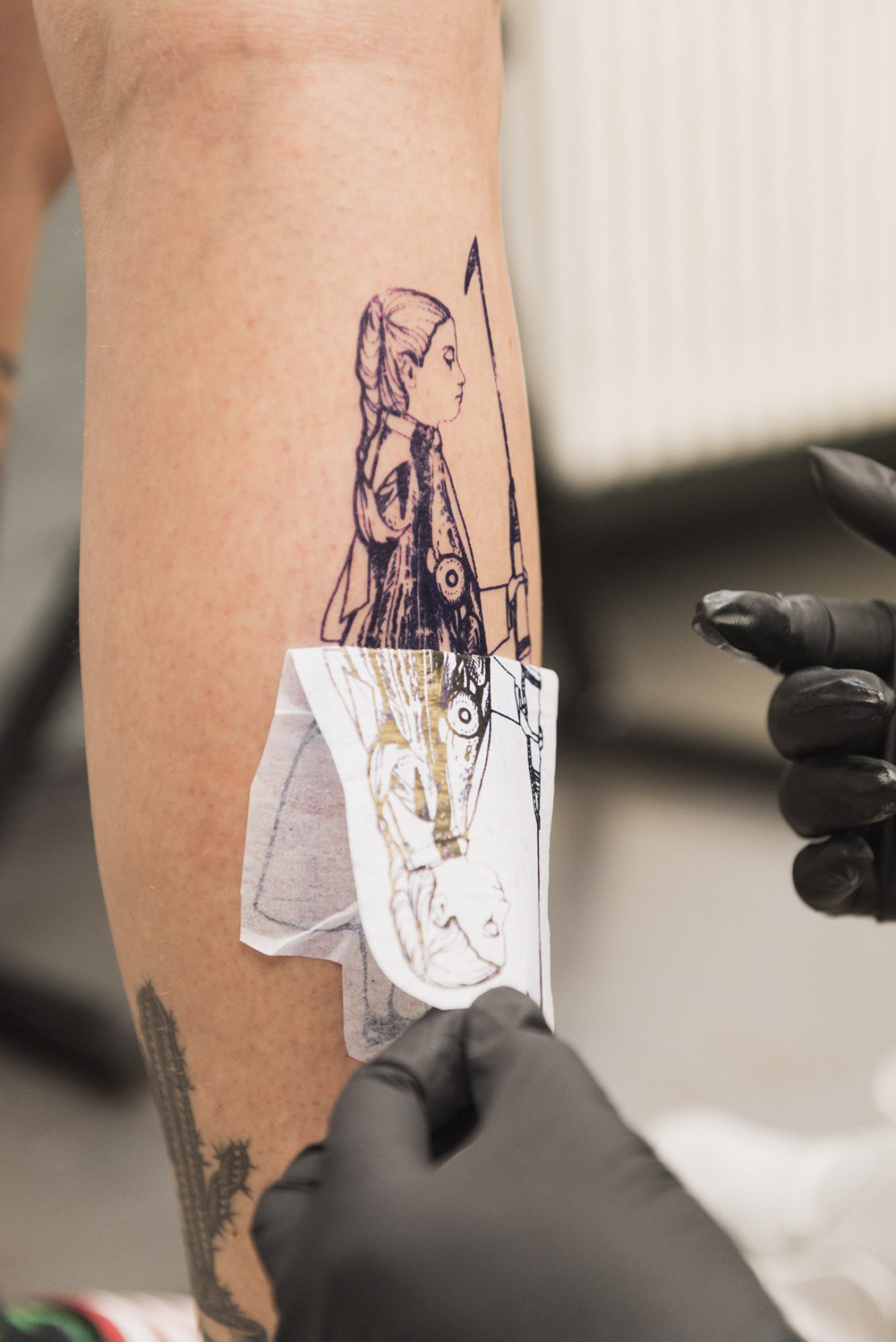
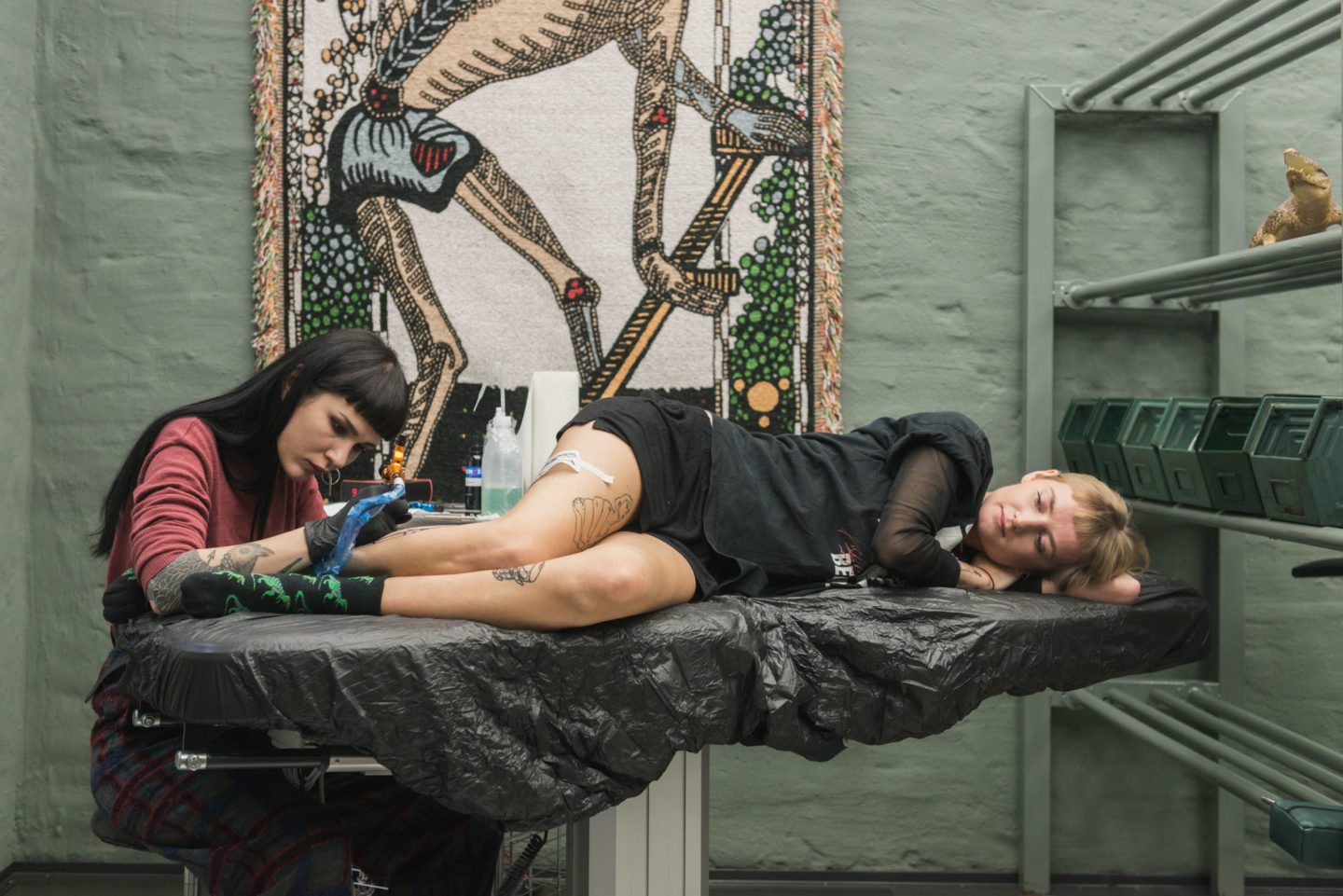
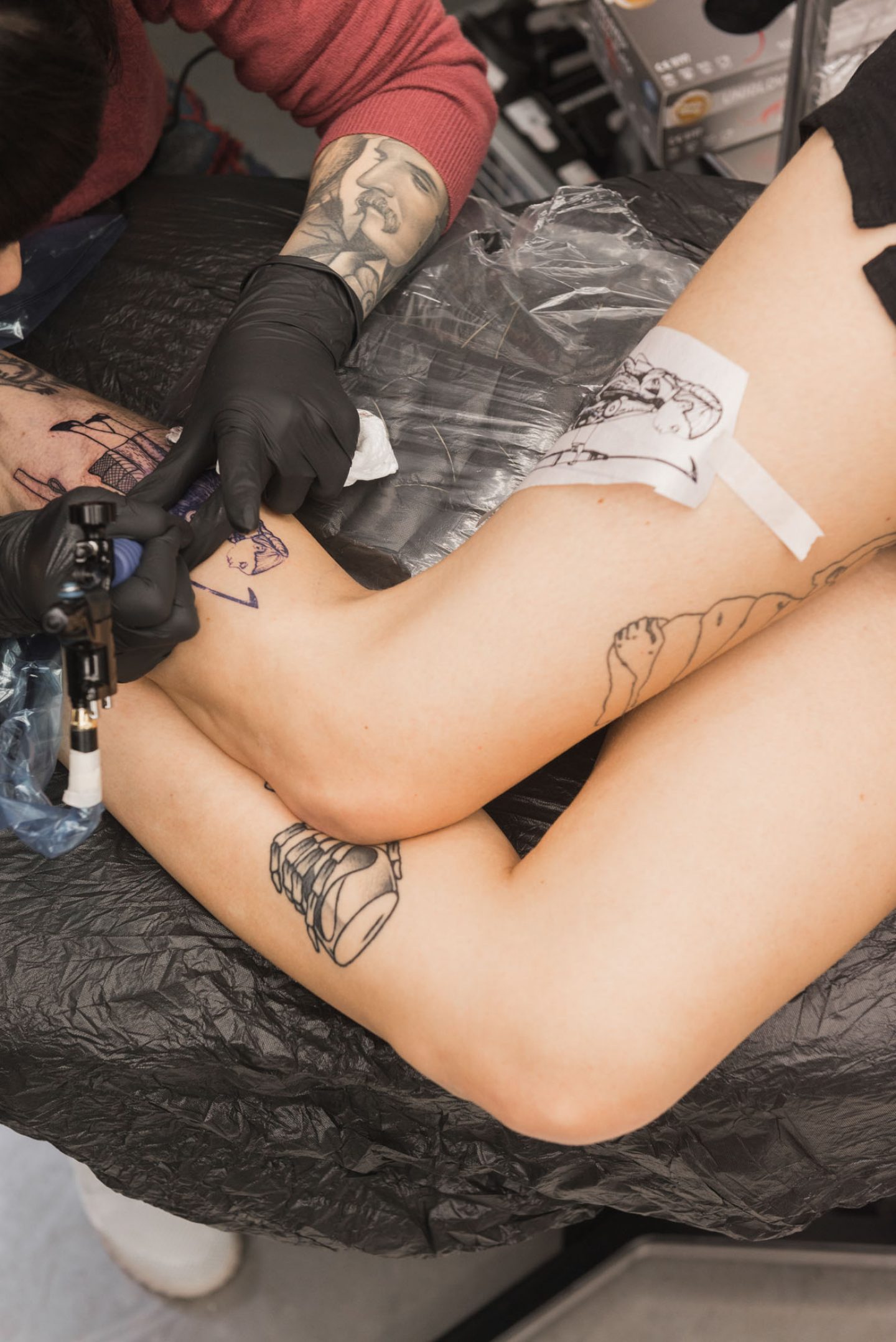
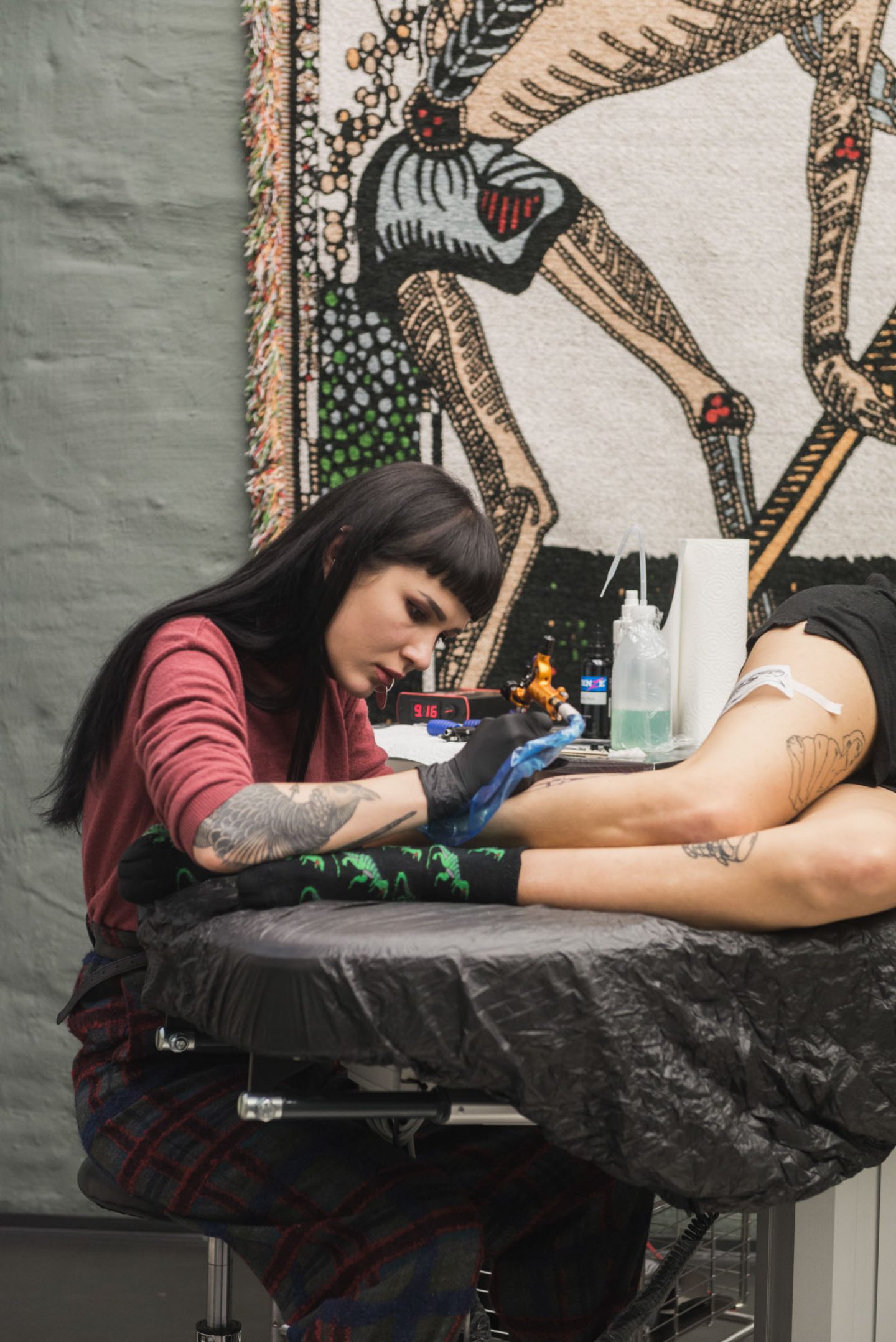
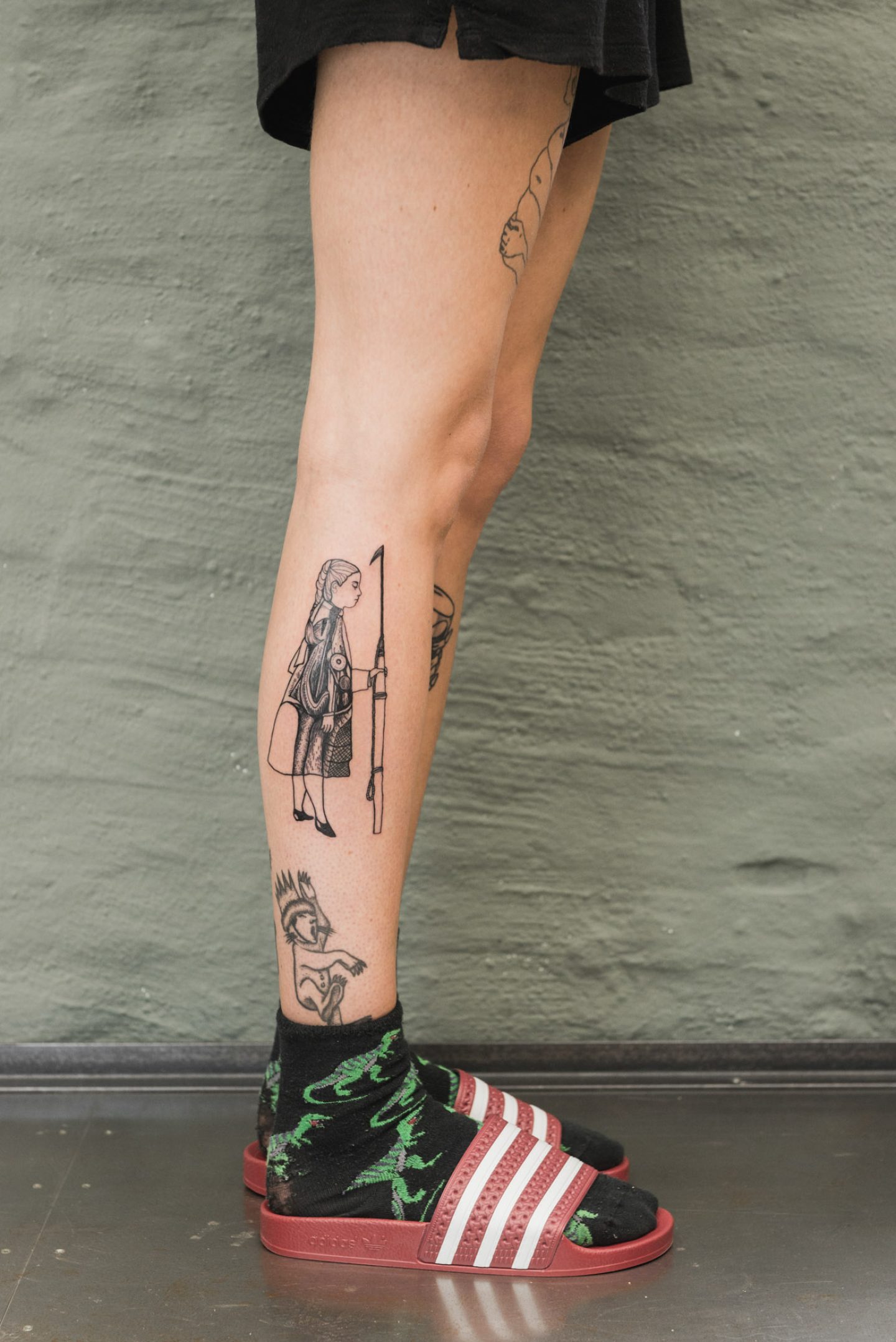
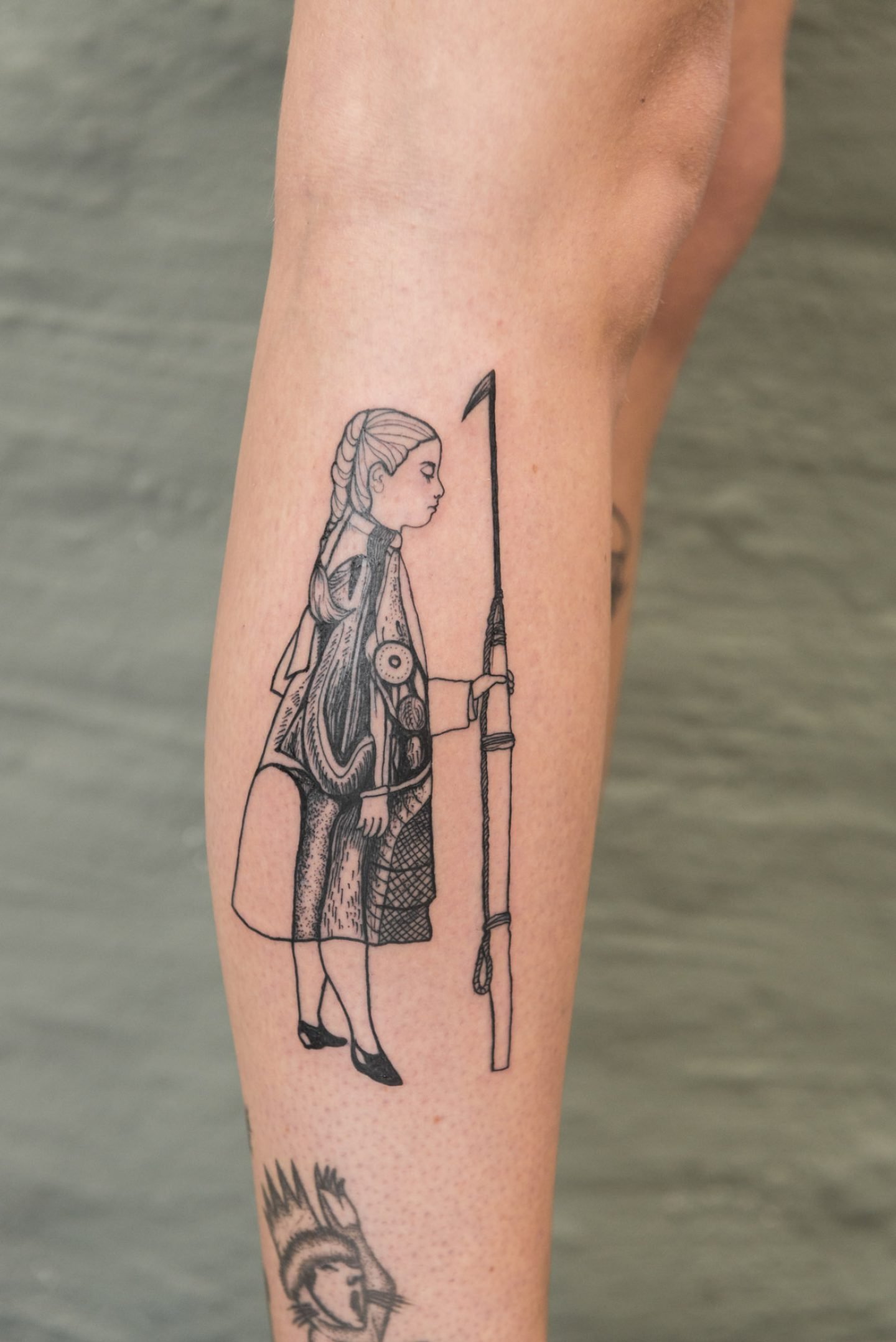
Where do you tend to seek inspiration from?
As someone who is self-employed, you always hear a saying that goes something like, “You always work and you never work at the same time.” It’s hard to stop. If I see something that might be a good tattoo design, I’ll take a picture of it and add it to my huge virtual library of ideas. If I find something in paper form, I’ll scan it and add it into the folder. I have a lot of books—and I try to look at books that aren’t typically used for tattoo inspiration.
Since I’m coming from a fashion background—which doesn’t have much to do with the tattoo industry—I take from very different sources as well. I’m actually glad I didn’t get into tattooing immediately after school, otherwise I might not have that experience to draw from. Another thing: I love poems. For me, reading poems always create images in my mind much more vividly than when I read books and if an idea comes up then, I’ll write down some notes. So for inspiration, I either collect images or keywords.
You recently opened this studio we’re standing in—which you helped to design alongside your friends Stefan Träger and Arne Soltau, from Studio Sacrale. Can you talk about how you influence each other when it comes to ideas and creative work?
Stef is one of my closest friends from back in school, we were even in a band together. He studied Fine Arts at UdK and is now doing his Master’s in Product Design there. I met Arne, who is a goldsmith and studies product design at UdK through Stef, because they’re quite inseparable and also run a design studio.
When I was given this opportunity of opening up this space, it was clear I’d ask them for help. We share similar aesthetics and generally I find it easier to work when there’s dialogue, rather than being completely on my own. It’s nice to have a second opinion on things. The cool thing is that all three of us manage to put our egos aside and trust each other’s intuition—most of the time [laughs].
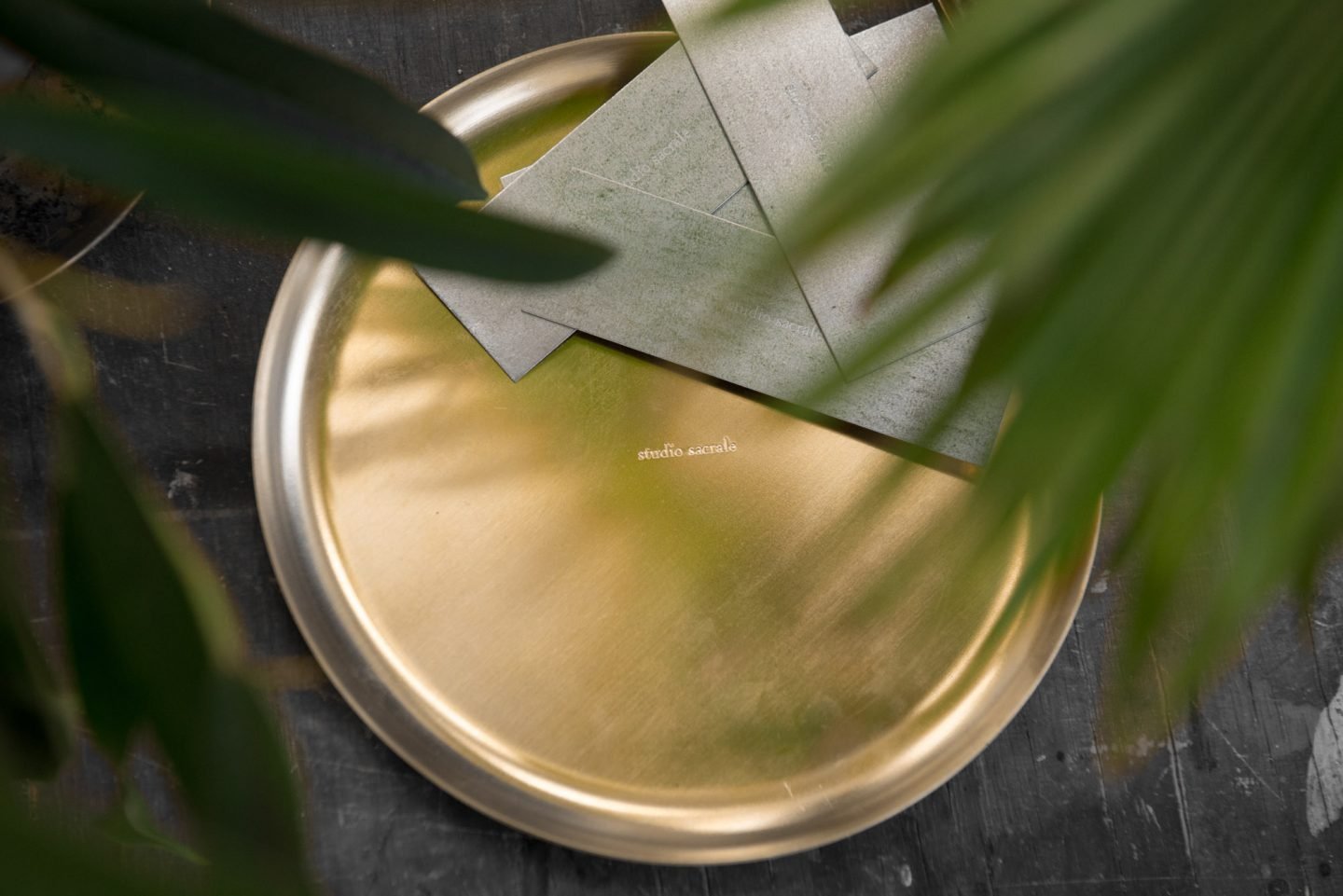
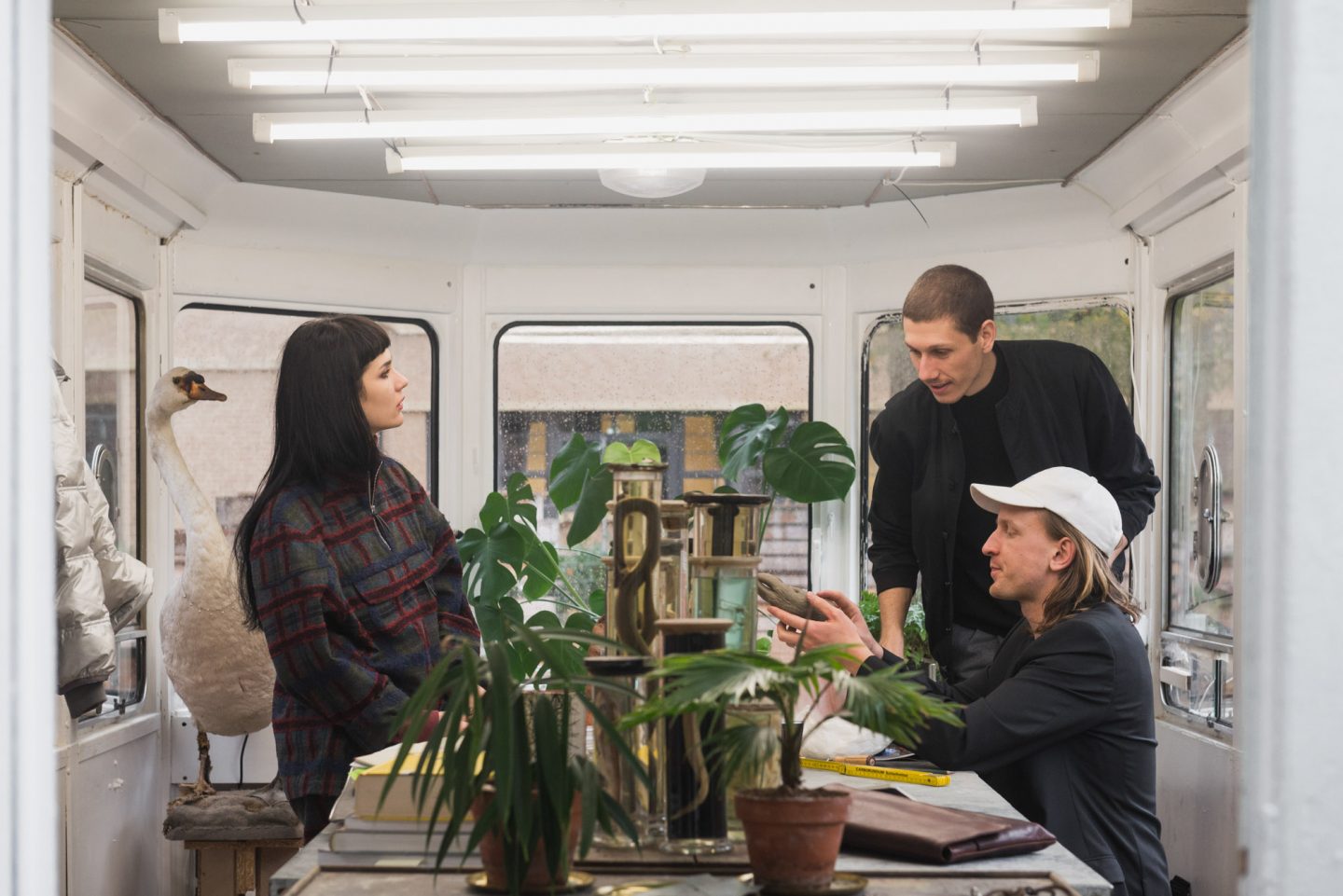
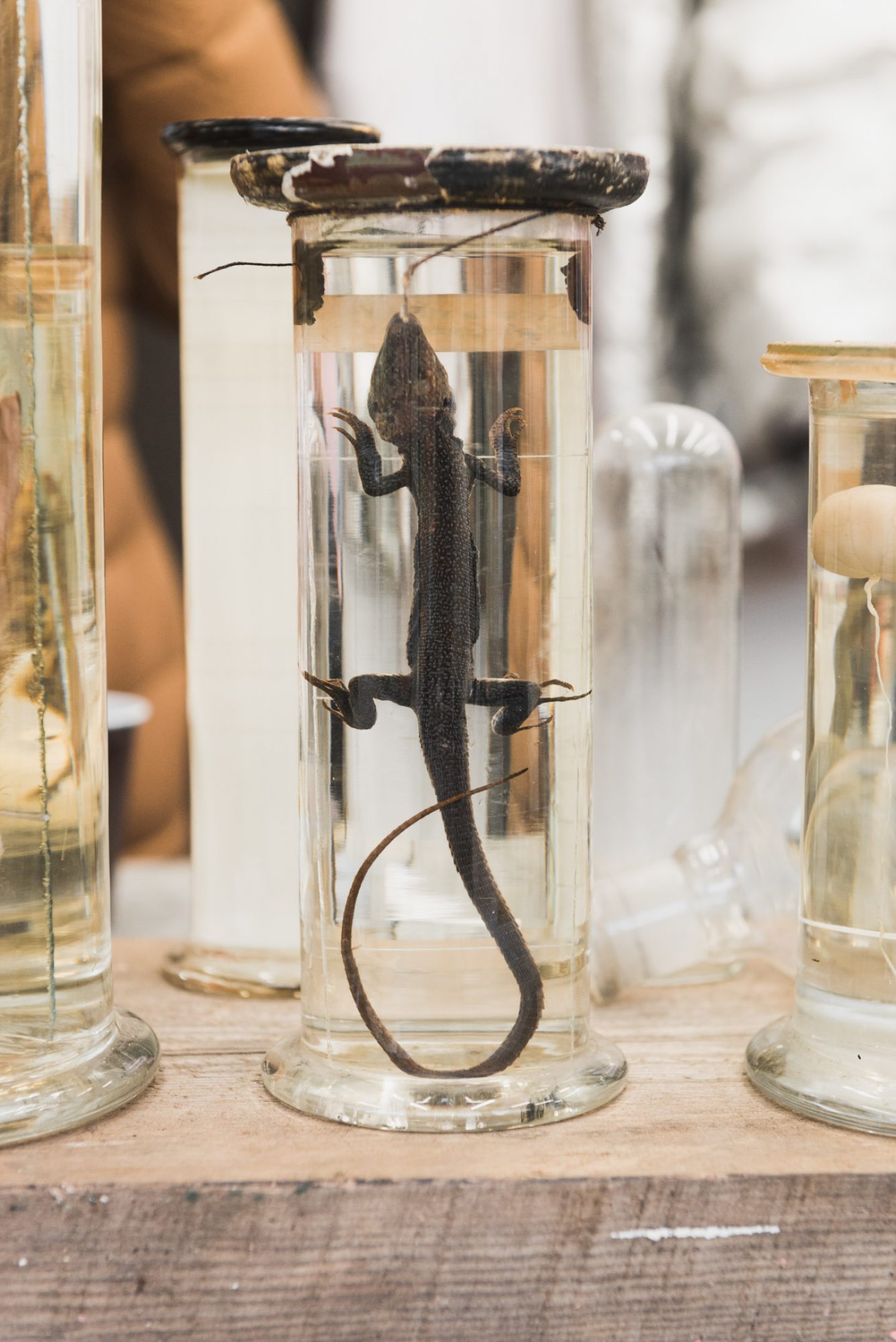
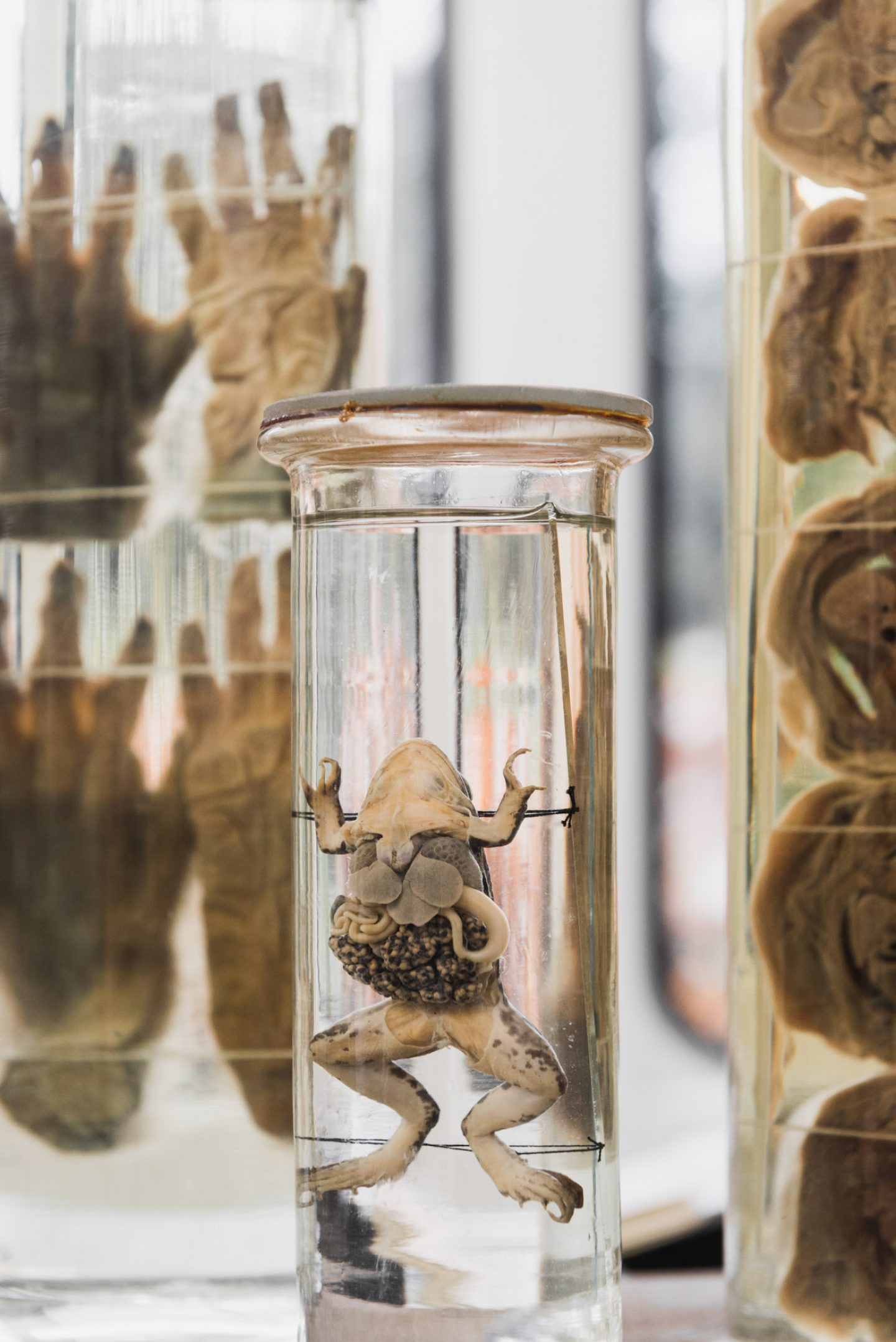
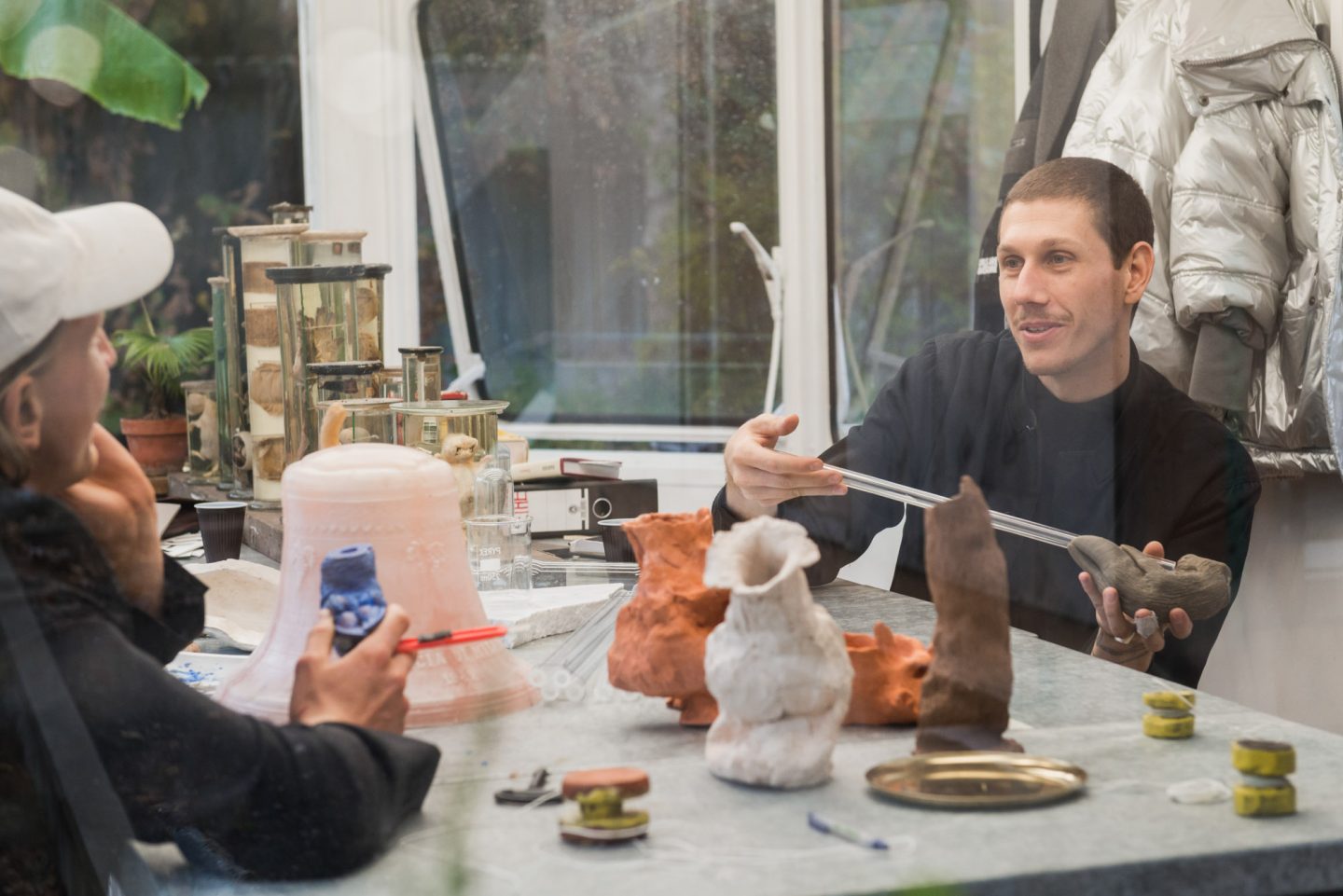
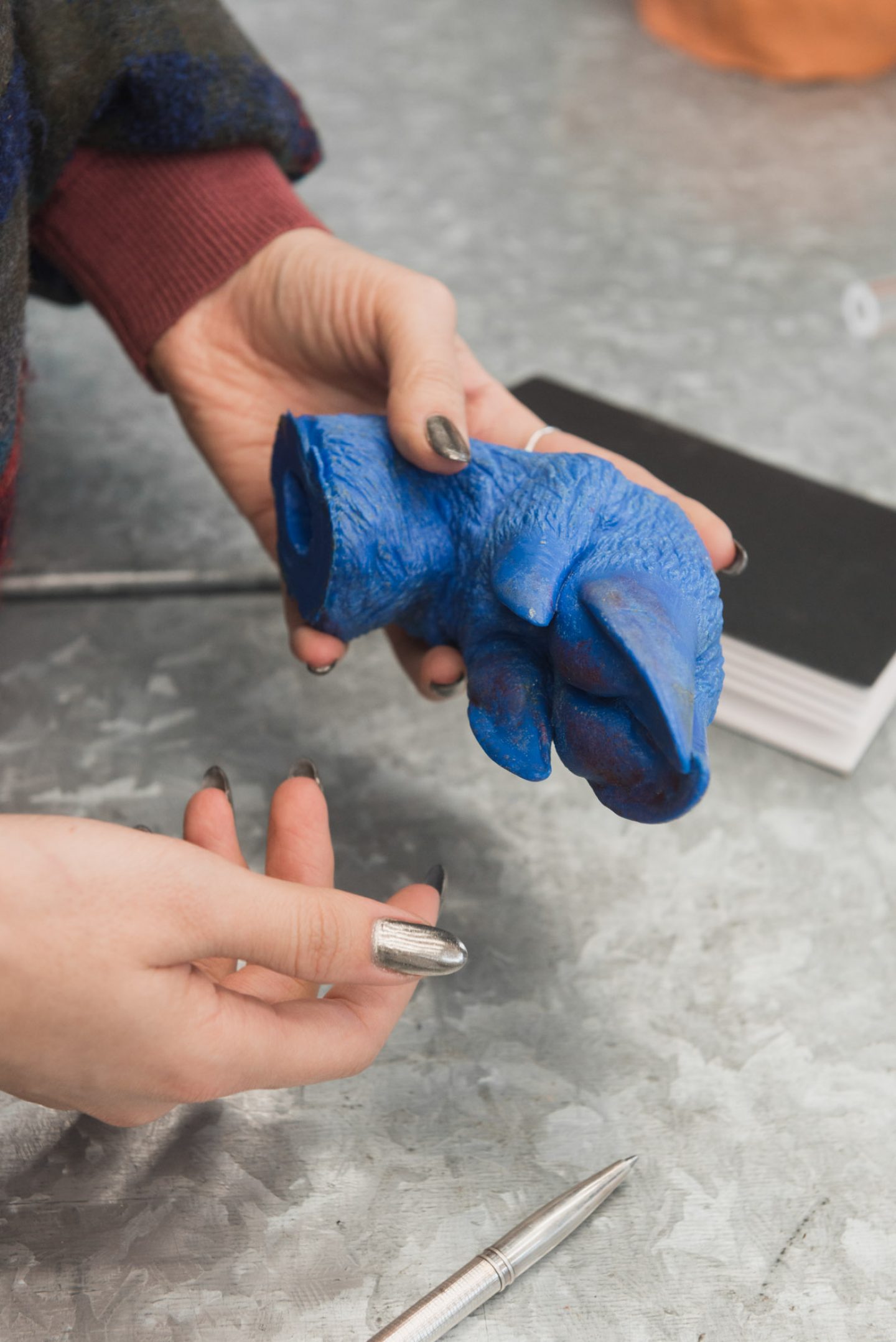
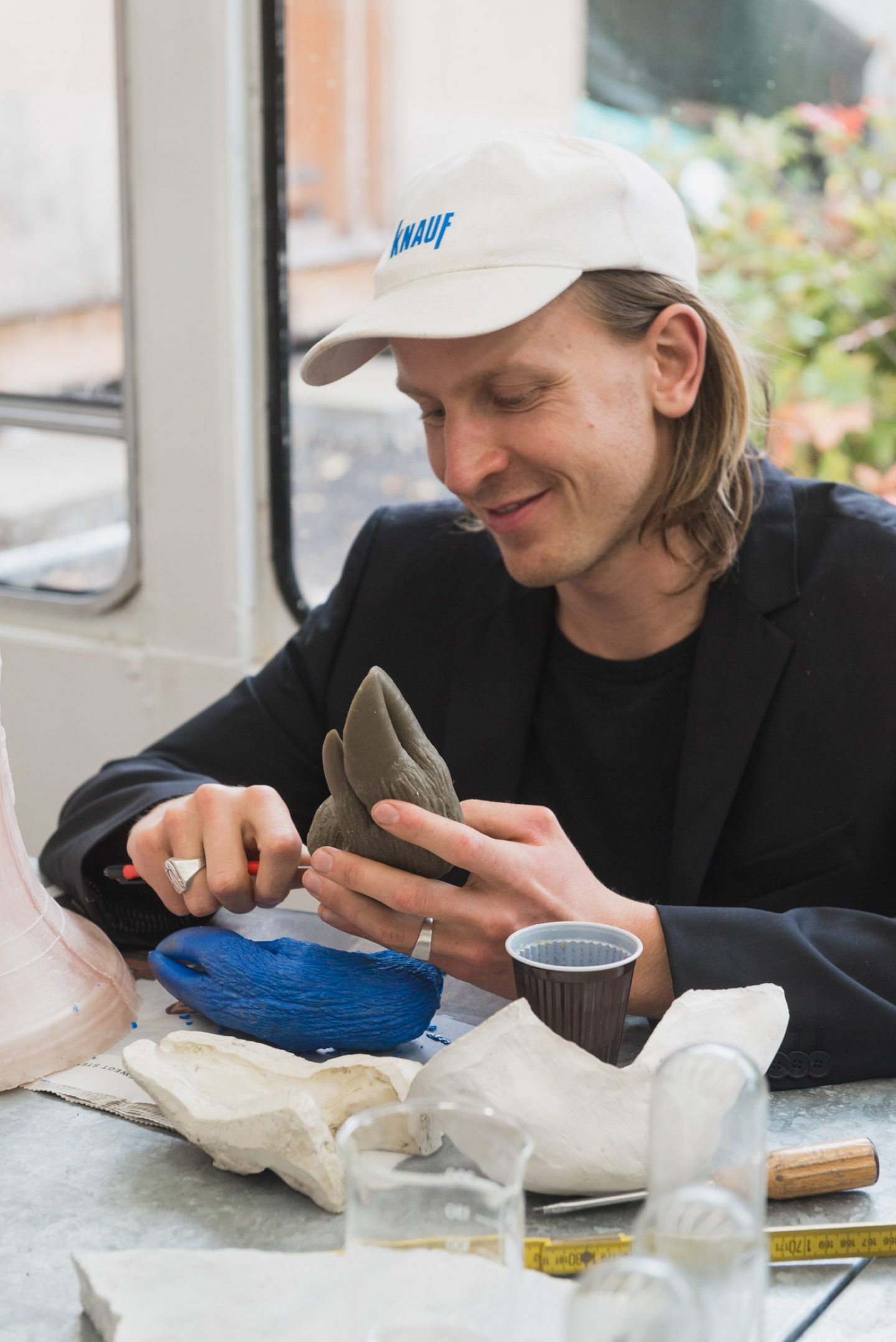
All images © Franz Grünewald for IGNANT Production. Text by Charmaine Li. This interview was edited and condensed.
